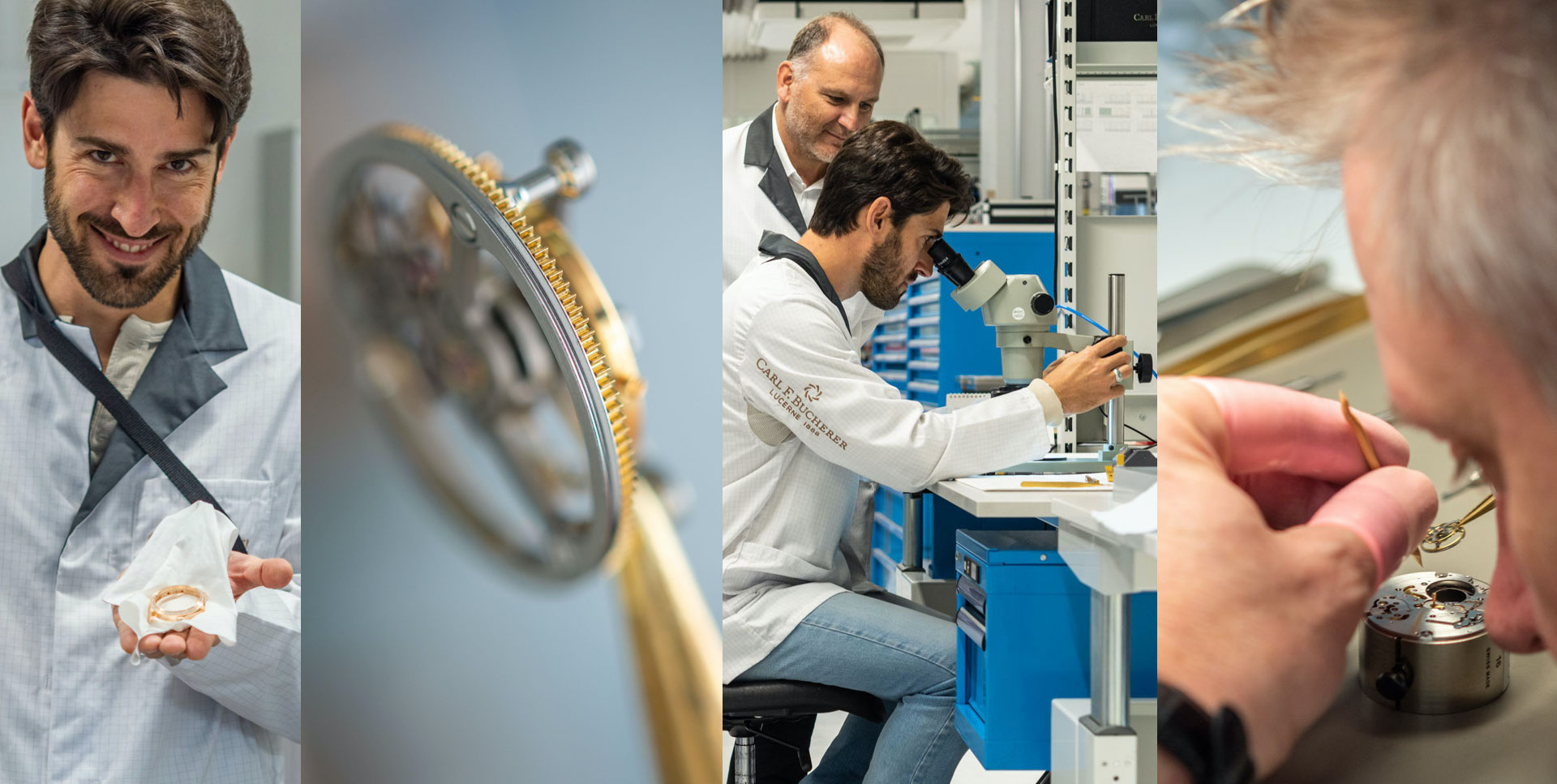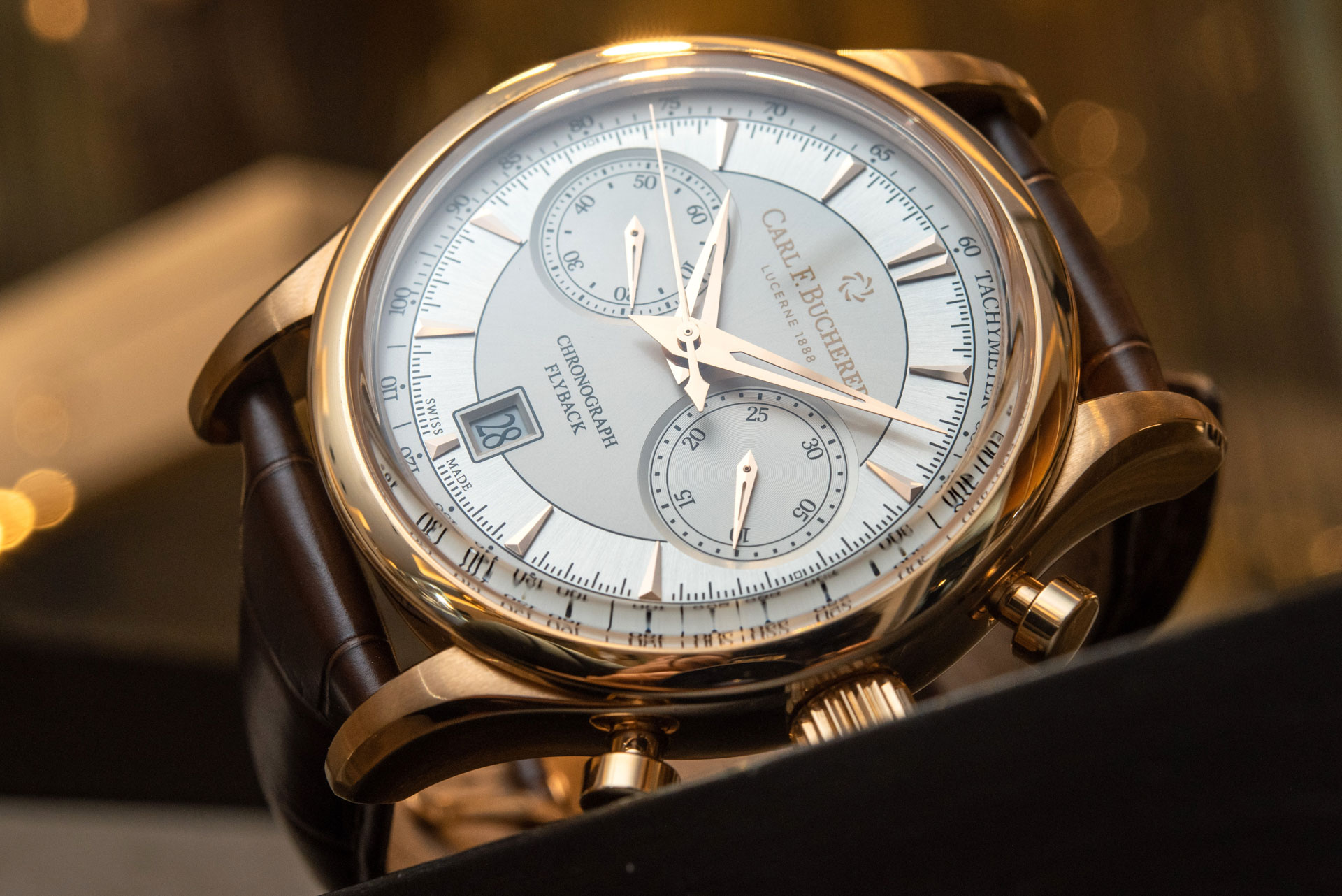
Watch manufactures, like watches, come in all sorts of shapes and sizes. Their levels of integrity, capability, and quality not only help distinguish one from the other but also add a directly correlated price to the equation, too. I accompanied Patrick B. from L.A. — who got to participate after drawn as the winner of the main prize on our event in late 2019 — on this special trip to Carl F. Bucherer‘s hometown of Lucerne, as well as to its in-house manufacture. Now, with the images and this report, I hope to take you right along with us, behind the scenes of this truly dedicated luxury watchmaker.

On a personal note, if I may say, what made this manufacture visit especially fun for me was that Patrick proved himself to be such an outstanding watch-lover, one of the countless among you who truly deserved luck to be on his side and have his name drawn from a ball on that event. Through his eyes and his feedback, as he experienced his very first visit to a Swiss high-end watch manufacture, I felt like I had all of you from our audience there with me, in awe of what a true watch manufacture has to offer. Without further ado…

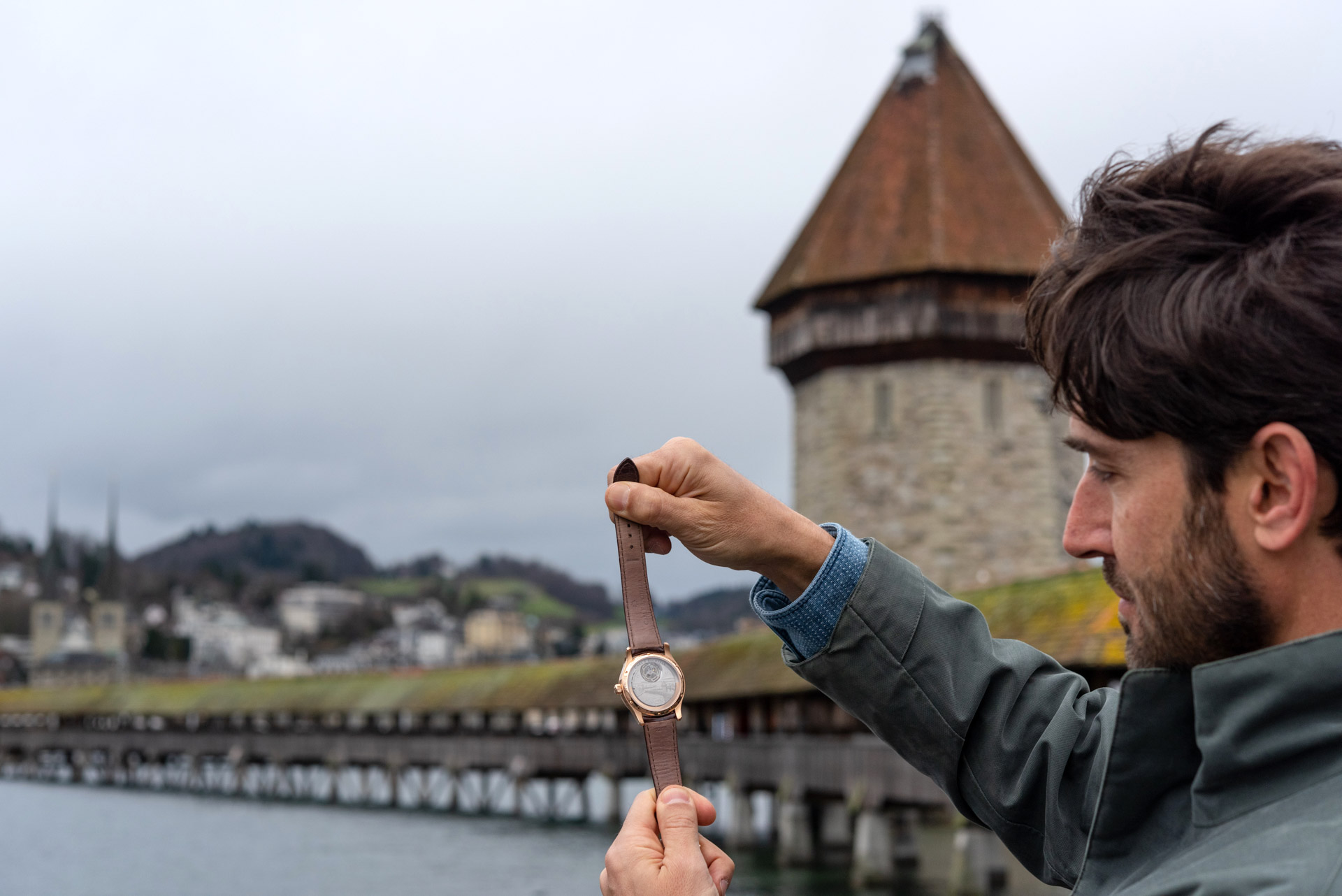
Bucherer is a name that likely resonates with a positive sense of familiarity to us watch lovers. Carl Friedrich Bucherer opened his first watch and jewelry shop in Lucerne back in 1888, a small shop that — fast forward 132 years — has evolved into one of the most prominent and experienced watch retail networks in the world. The source of countless ceremonious fine watch purchases. In the US, Bucherer had been rather more under the radar, until recently, when it hit the news for flat-out acquiring Tourneau. More relevant to us now, however, is the fact that Carl F. Bucherer is part of the Bucherer Group, hence having direct access to the wealth of sales experience and feedback from Europe’s largest retailer. Nevertheless, Carl F. Bucherer has maintained (and proven) its independence and agility, operating as an unfettered manufacture.
Carl F. Bucherer is one of the few remaining independent family-owned Swiss watch manufactures and is now headed in the third generation by Jörg G. Bucherer.

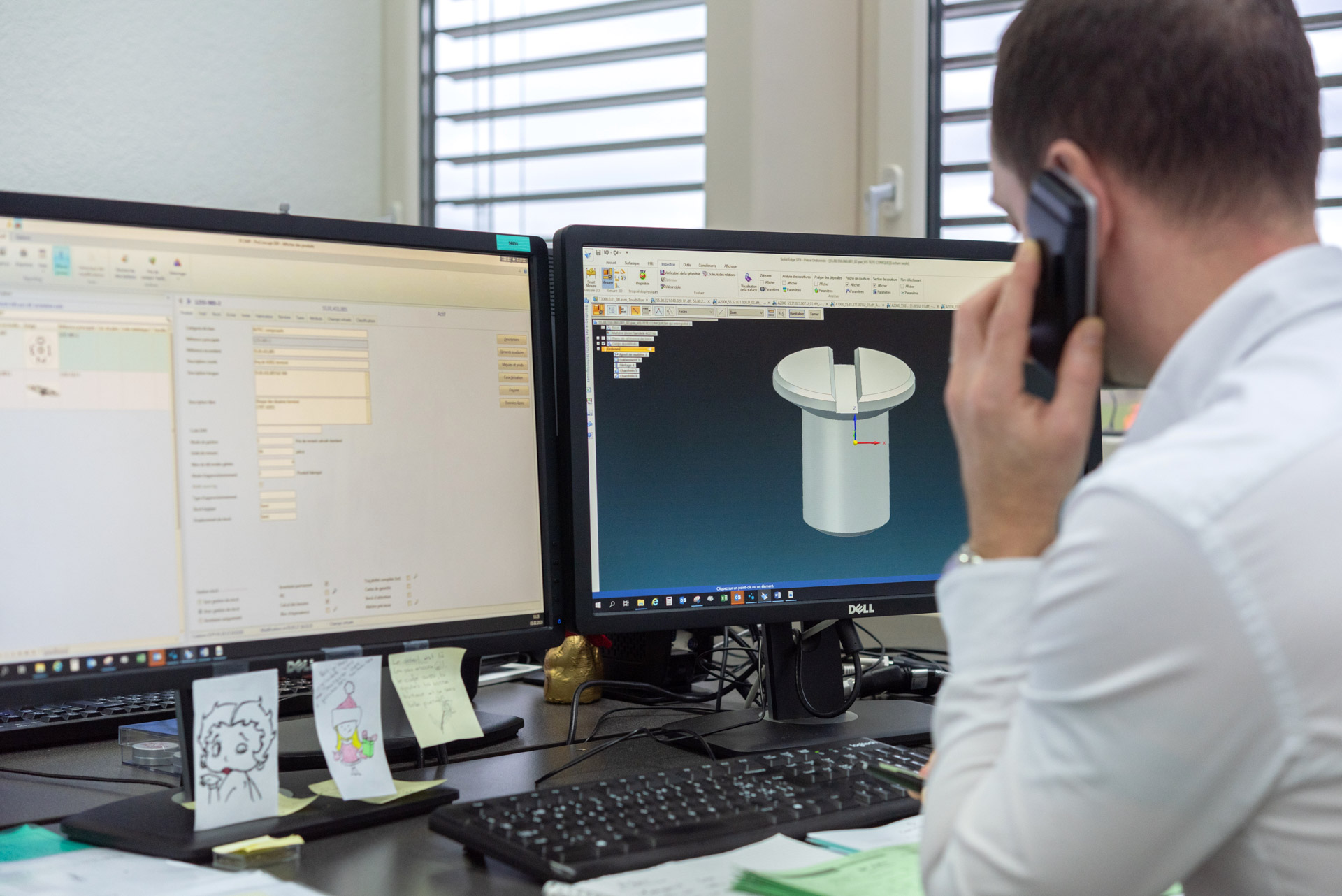
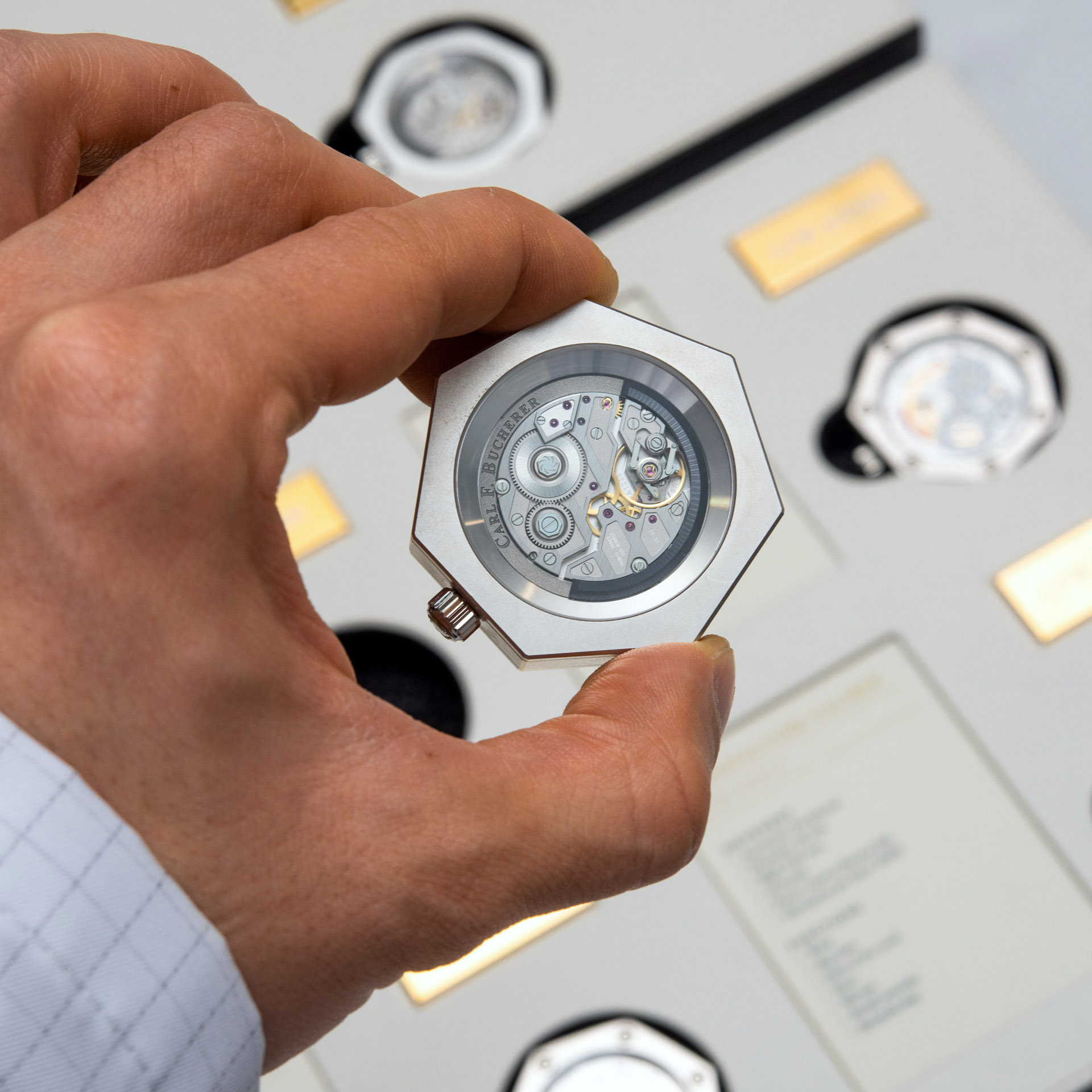
Lucerne is the spiritual and historical heart of Carl F. Bucherer. This is where the headquarters and the flagship boutique, as well as Bucherer itself resides. The manufacture itself is a bit of a drive away, located closer to Biel, the under-appreciated watchmaking powerhouse of Switzerland. When you enter a watch manufacture and what you first see are sharply dressed engineers sitting in front of a few too many computer displays, looking at drawings and renders of individual screws, you know you’ll be in for a treat. I can see that Patrick now also appreciates this fun correlation.
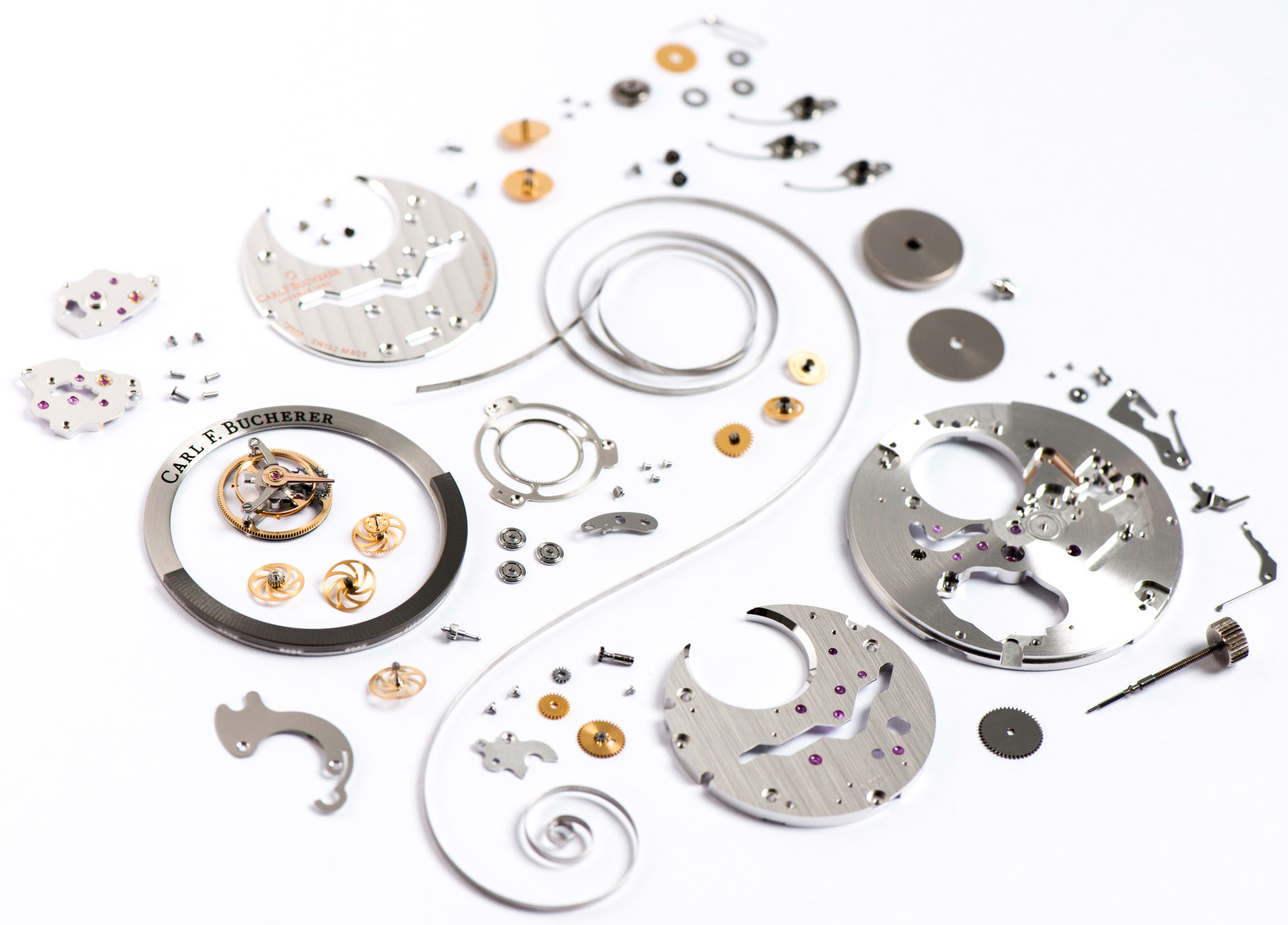
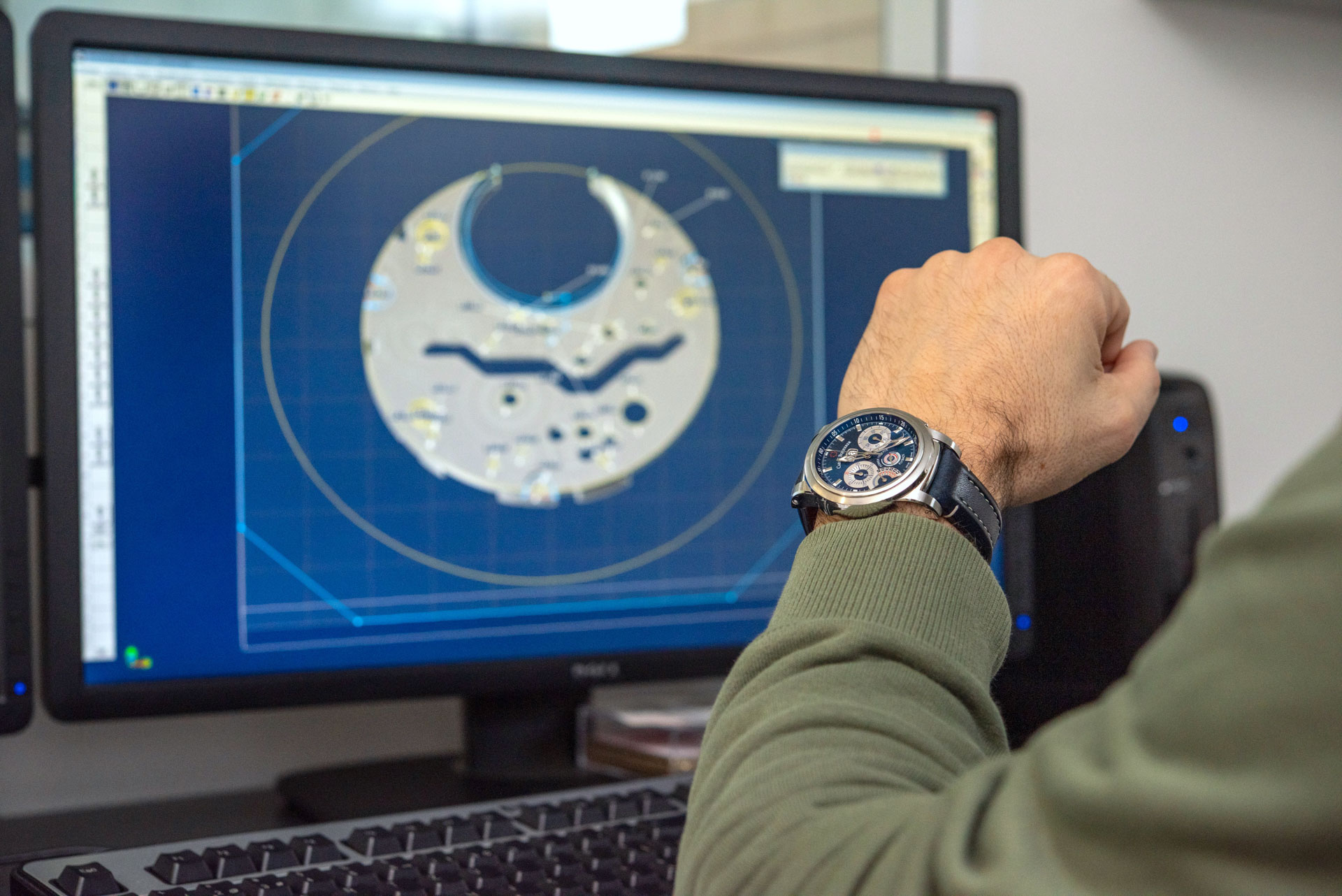
The recognizable plate from the Tourbillon Double Peripheral. Above: ready for assembly. Below: reviewing a technical drawing next to the room where it is actually made.
As opposed to fully relying on “exclusive” calibers delivered by external suppliers, Carl F. Bucherer has invested in developing an integrated manufacture of its own that isn’t limited to just one or two operations, but actively allows it to create its very own calibers. From bridges and plates with truly novel decorations, through the ongoing pioneering of the peripheral technology, all the way to their own pinions and gears, a whole lot gets done under the same one roof. Sub-assembly, assembly, lubrication, testing and quality control are all performed on the same premises.
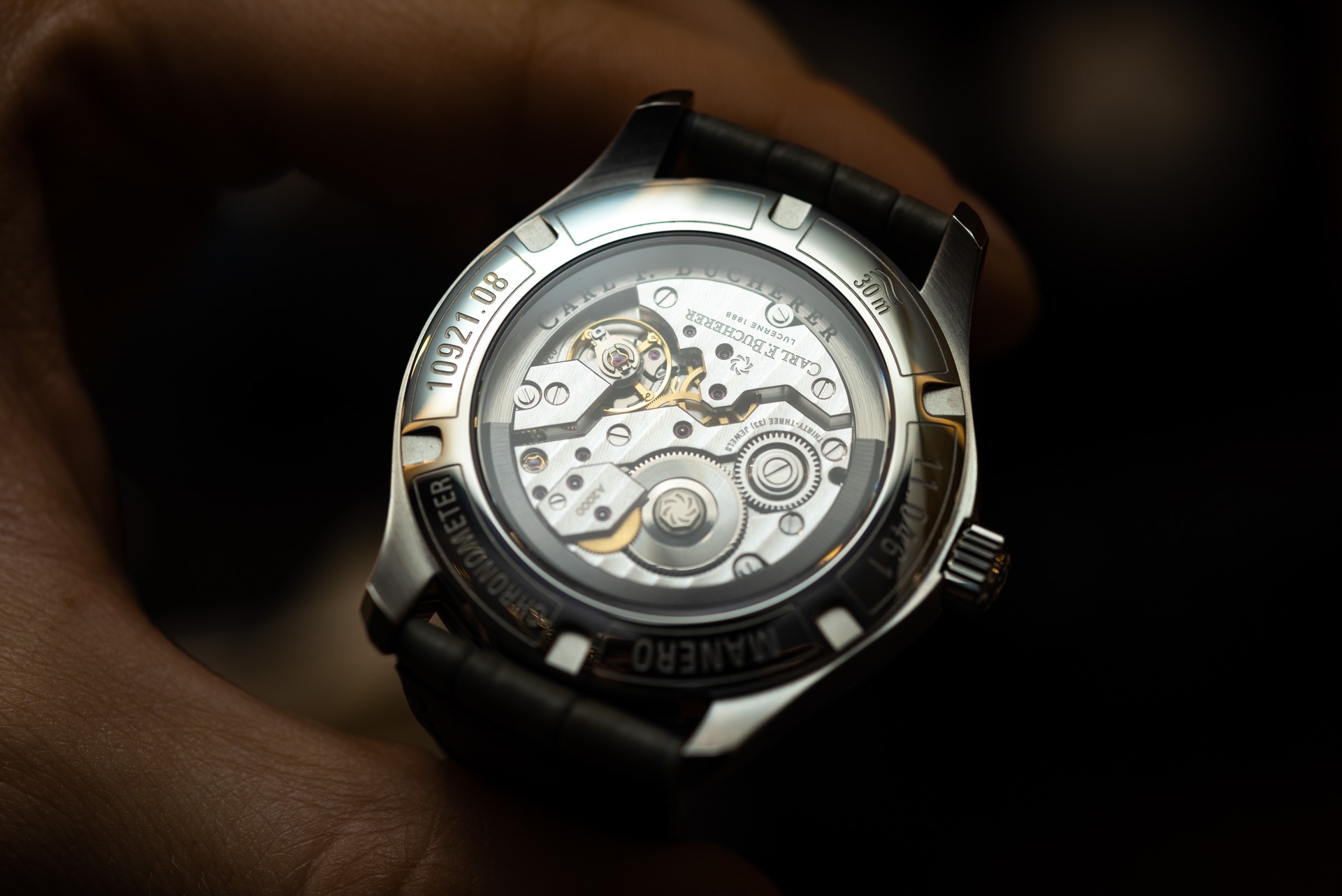
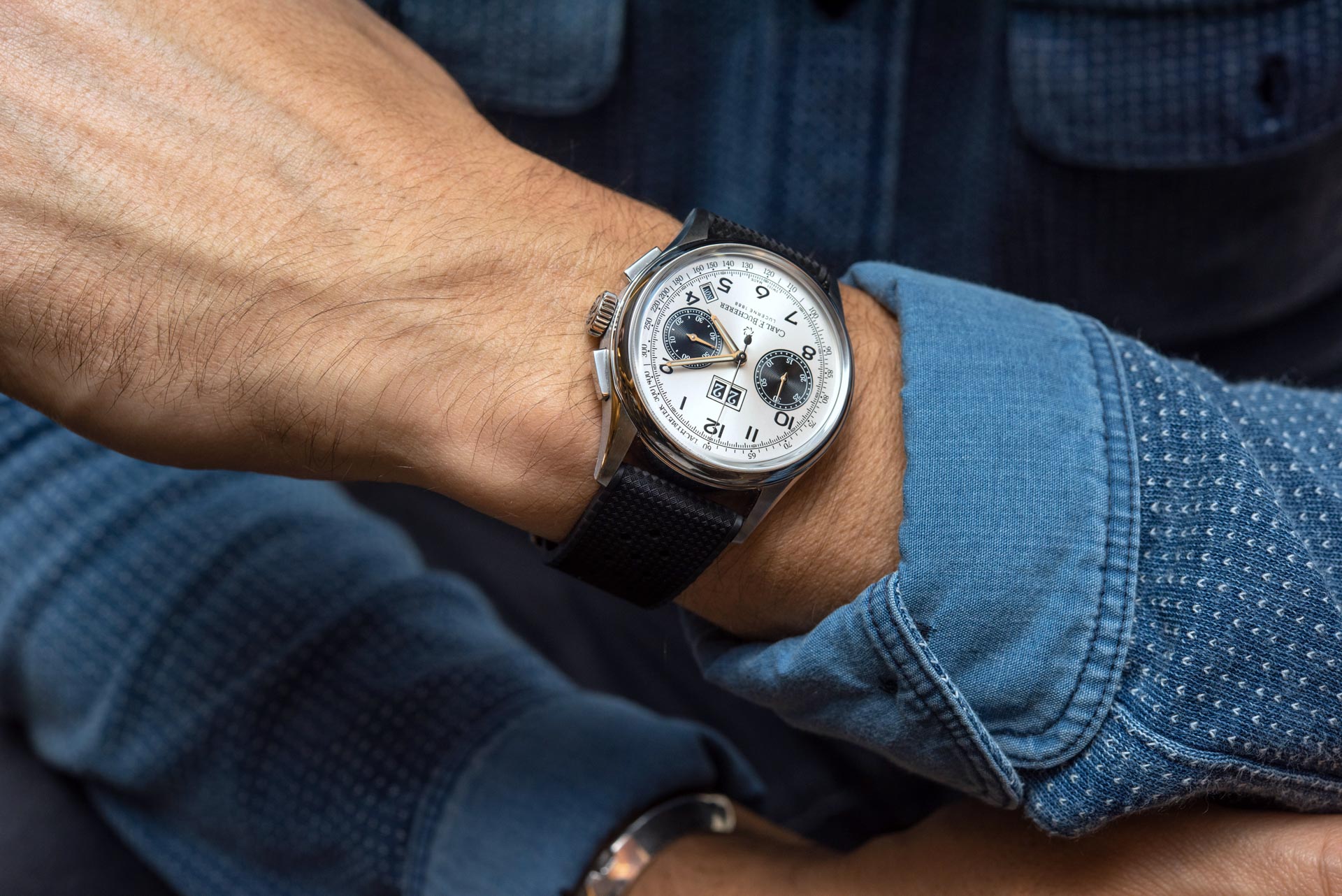
All three in-house CFB movement families — the CFB T3000, CFB A2000 and CFB A1000 — go from thin air to a ticking watch without leaving the surgically clean Carl F. Bucherer manufacture. For the record, some components of the movement, as well as the case and dial are sourced from specialized suppliers within Switzerland. And yes, some Carl F. Bucherer watch models rely on supplied movements: like that panda Heritage Bicompax Annual just above, that uses a Dubois-Depraz module over a Top Grade ETA 2892.

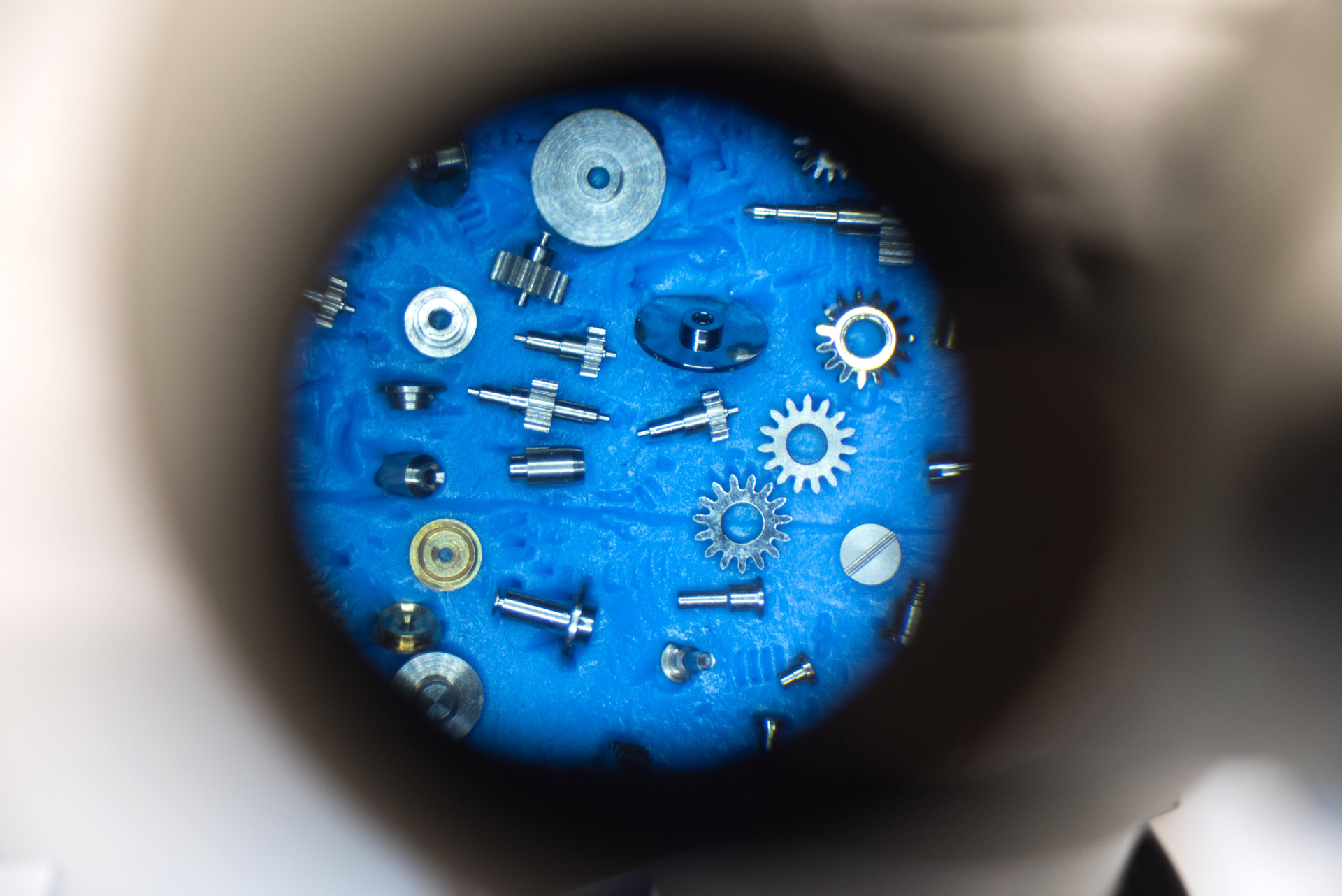
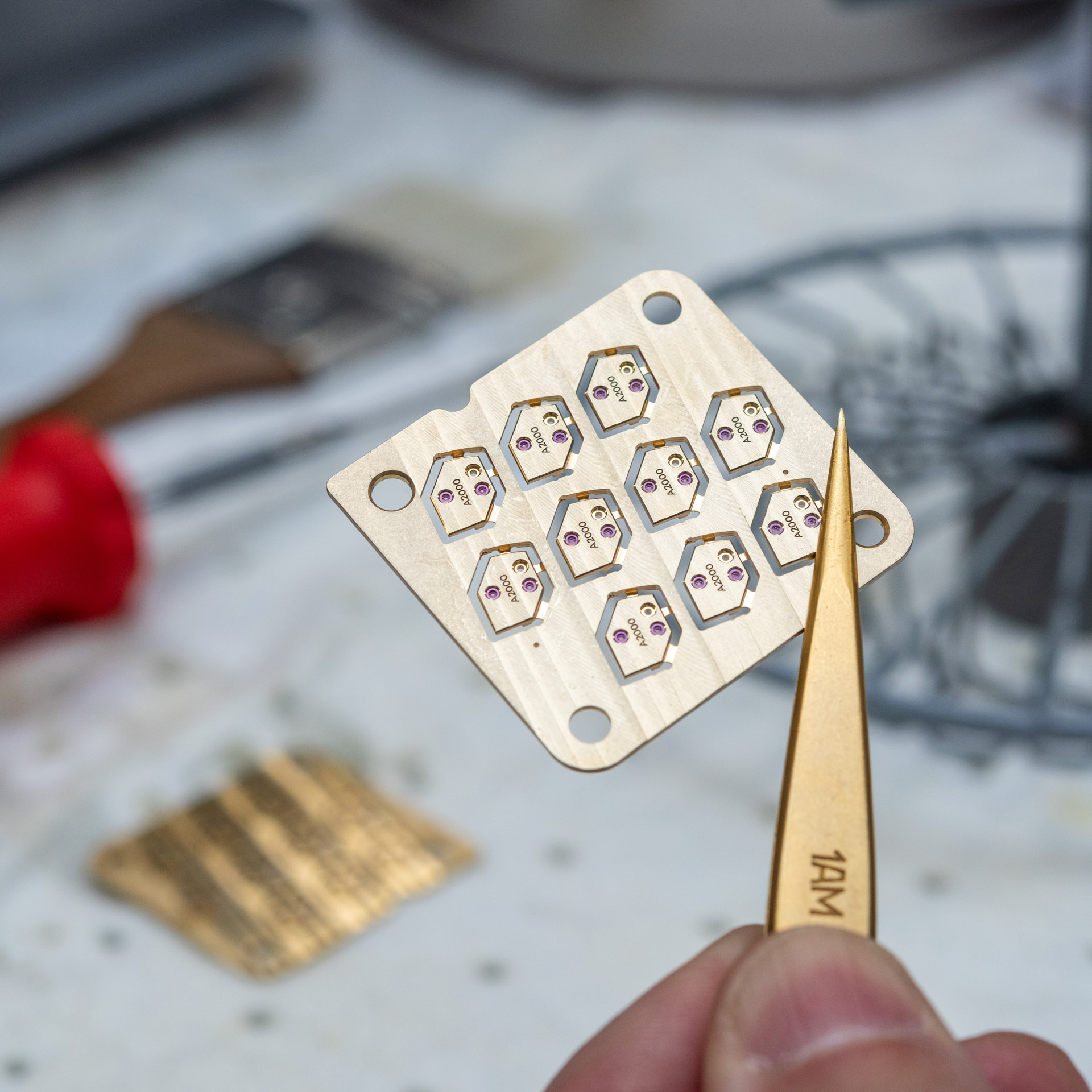
Before we moved on, let me hand it over to Patrick to share his impressions:
“When I had the great fortune to win this trip, I was both excited and intrigued. I have been interested in watches and watchmaking for most of my adult life and consider myself pretty educated on most of the commonly discussed topics. However, because of the breadth and depth of this field/industry, I’ve always appreciated how there always is so much more to learn and discover.”

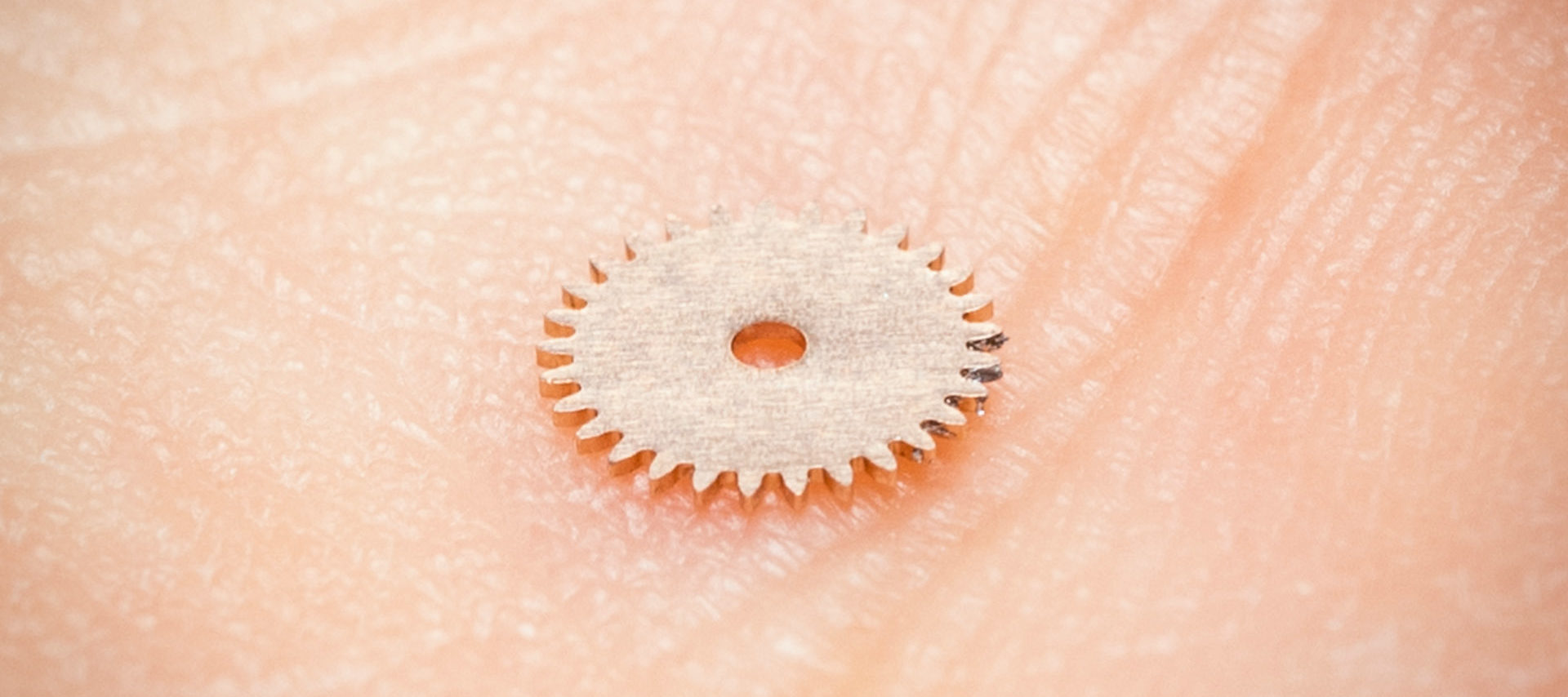
“I was curious about so many things, but one of the biggest at the top of my mind prior to arriving was the relationship between man vs. machine in the manufacturing process. Many idealists would like to believe the fairy tale stories that all high-end watches are made almost entirely by hand. Sure, literally a handful of watches may still be made that way, but in the real world, every single manufacture incorporate advanced machining and automation into their production. So, what I was curious to see was the balance between the human touch and machine-made perfection.”
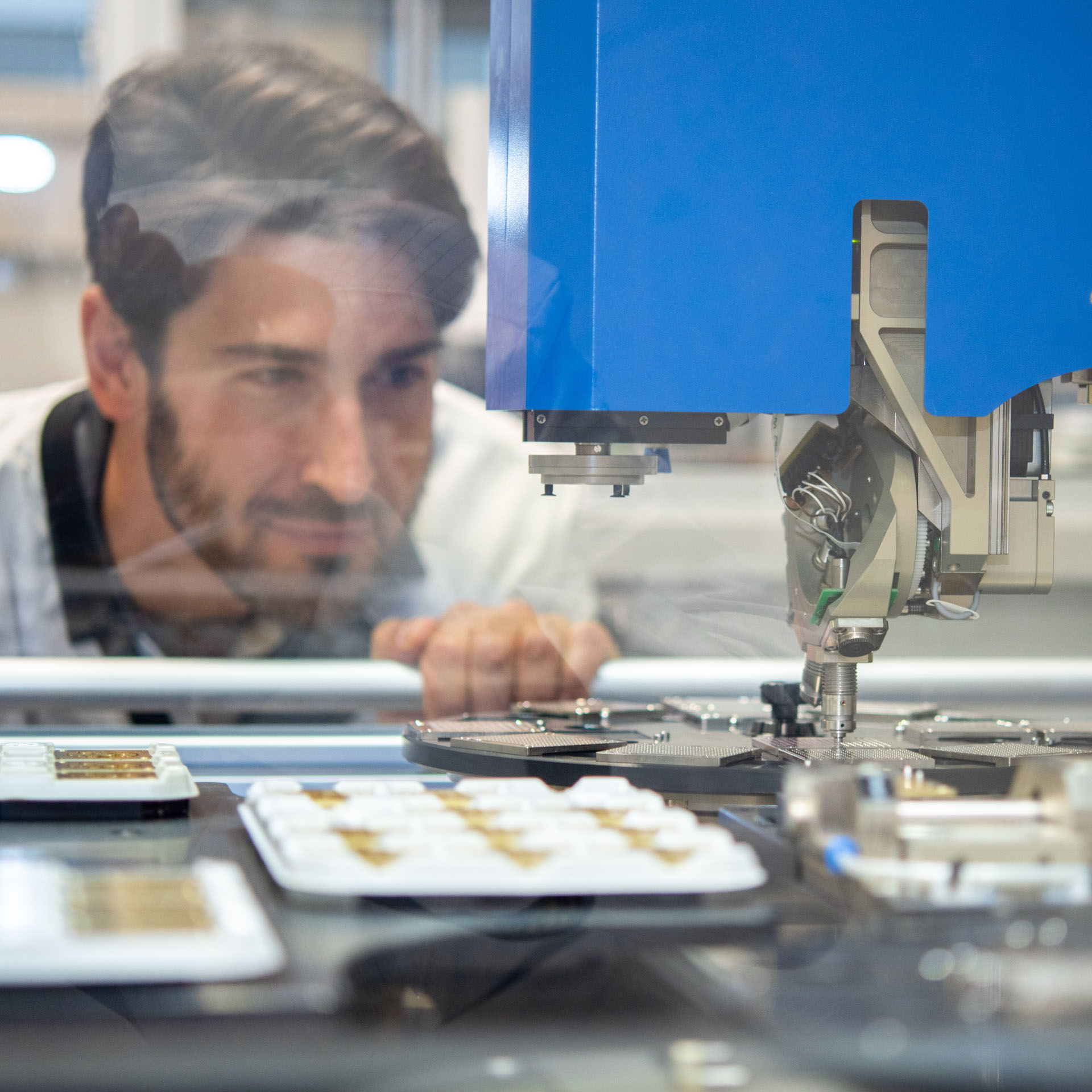
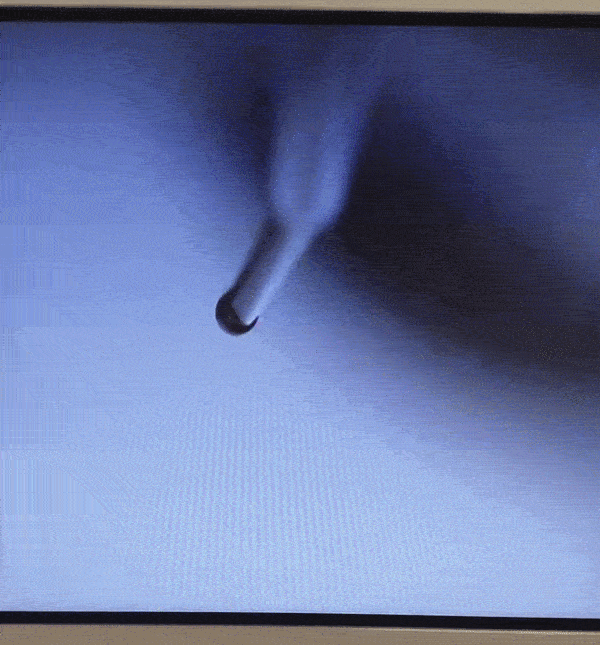
“While touring the Carl F. Bucherer facilities, I saw extremely complex and capable machines — as I learned, each easily costing hundreds of thousands of Swiss francs, if not more. Of all these what struck me the most was the movement lubrication process. Not only is the right amount of lubricant important, but the right type, too, as there are a variety of lubricants, each with a different viscosity, meant for certain points of a movement. Not only that, but we also learned that the placement of this lubricant is yet another critical aspect of the process that helps ensure that it doesn’t migrate into other parts of the movement. Fascinating!”
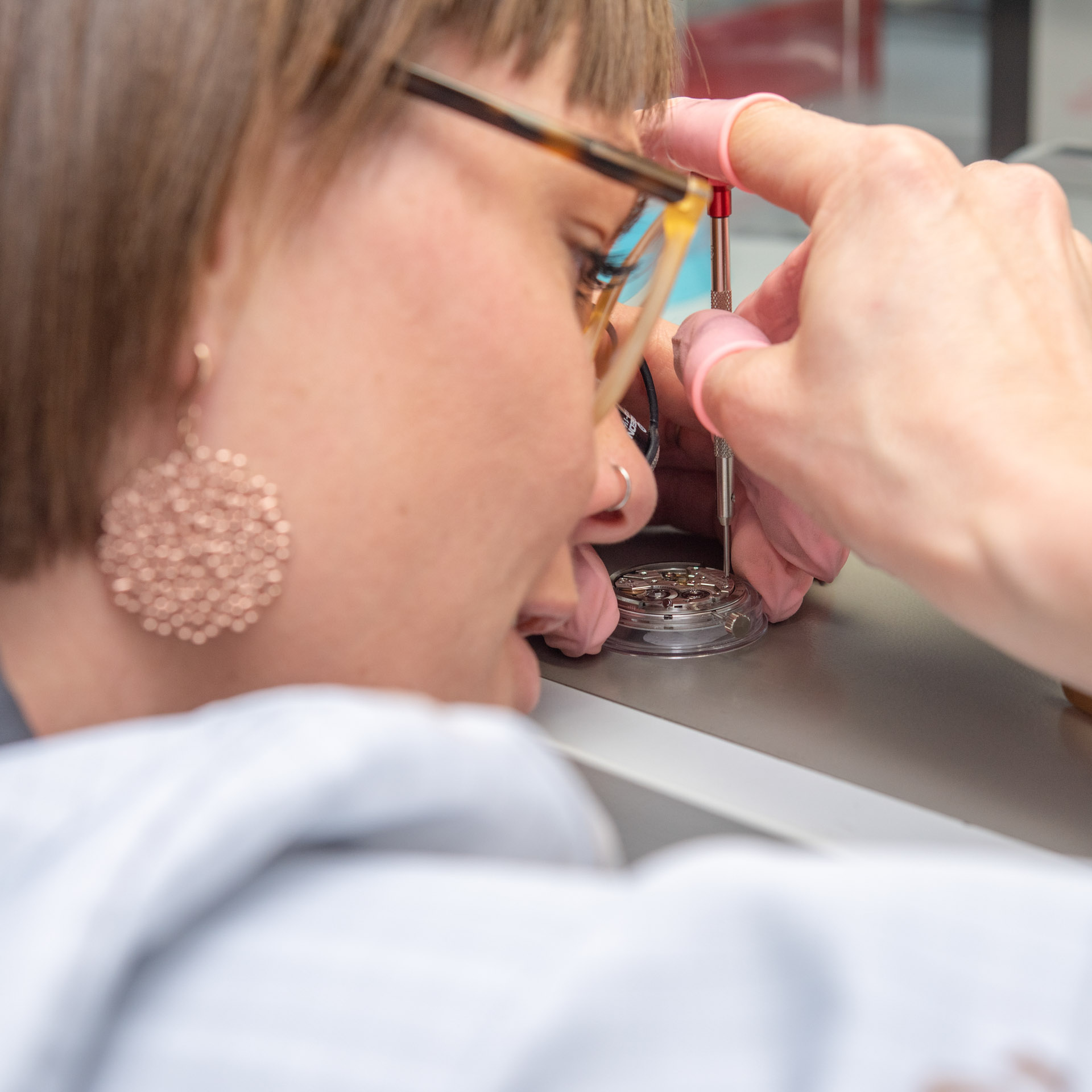
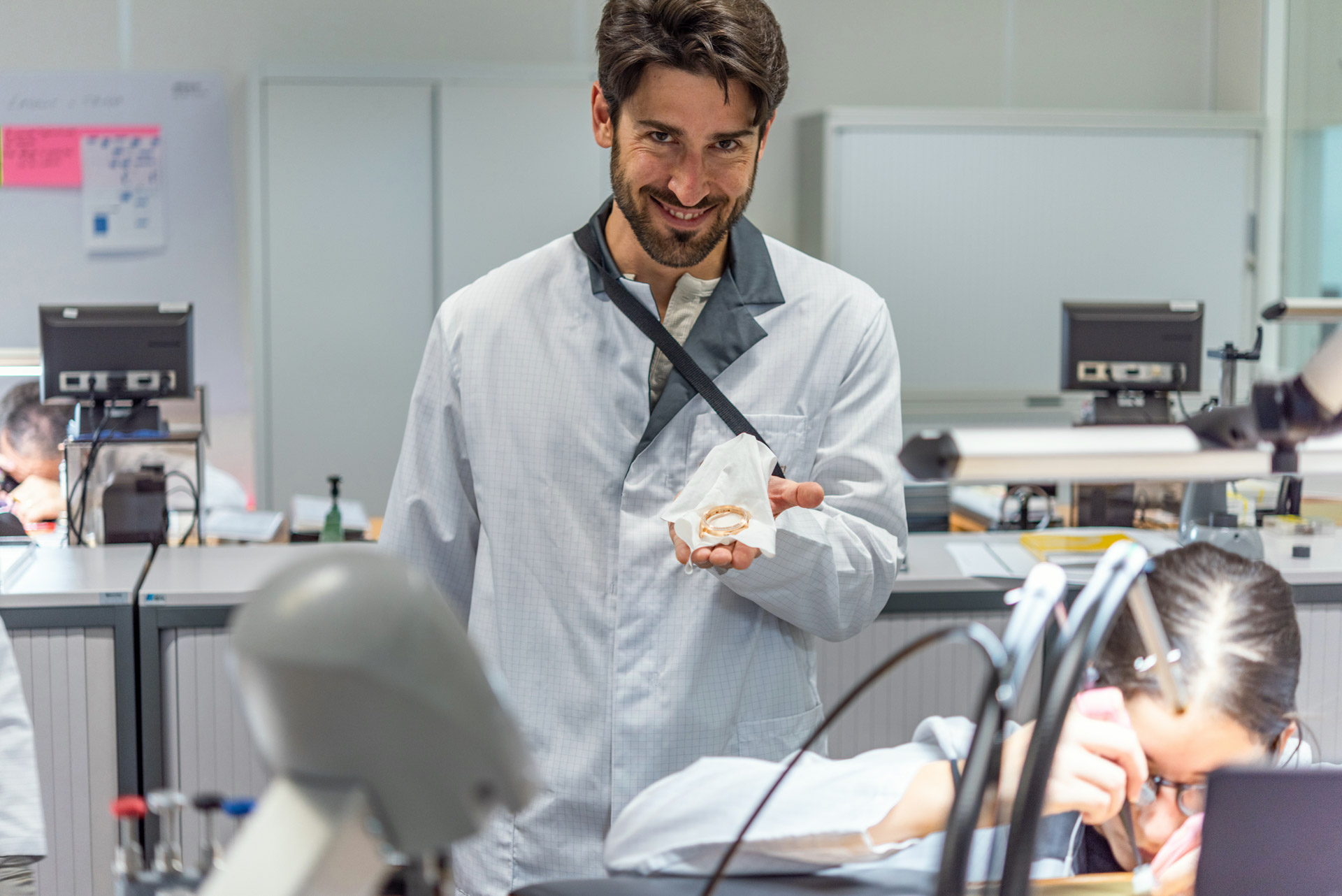
“I would be foolish to call the other side the ‘man’ side, because, much to my delight, the workforce was very balanced between the sexes, even though I learned that some tasks are better suited for females, while others for males. Aside from the assembly, what impressed me most was the number and level of quality controls. There were just so many layers to it, which obviously helps ensure an extremely high-quality final product. By the end of the tour, it was quite clear to me how the labor hours and equipment necessary to manufacture such high-quality pieces requires a relatively high retail price. Just as with anything else, in Swiss watchmaking, you usually get what you pay for with some variation in value depending on each consumer’s preferences.”
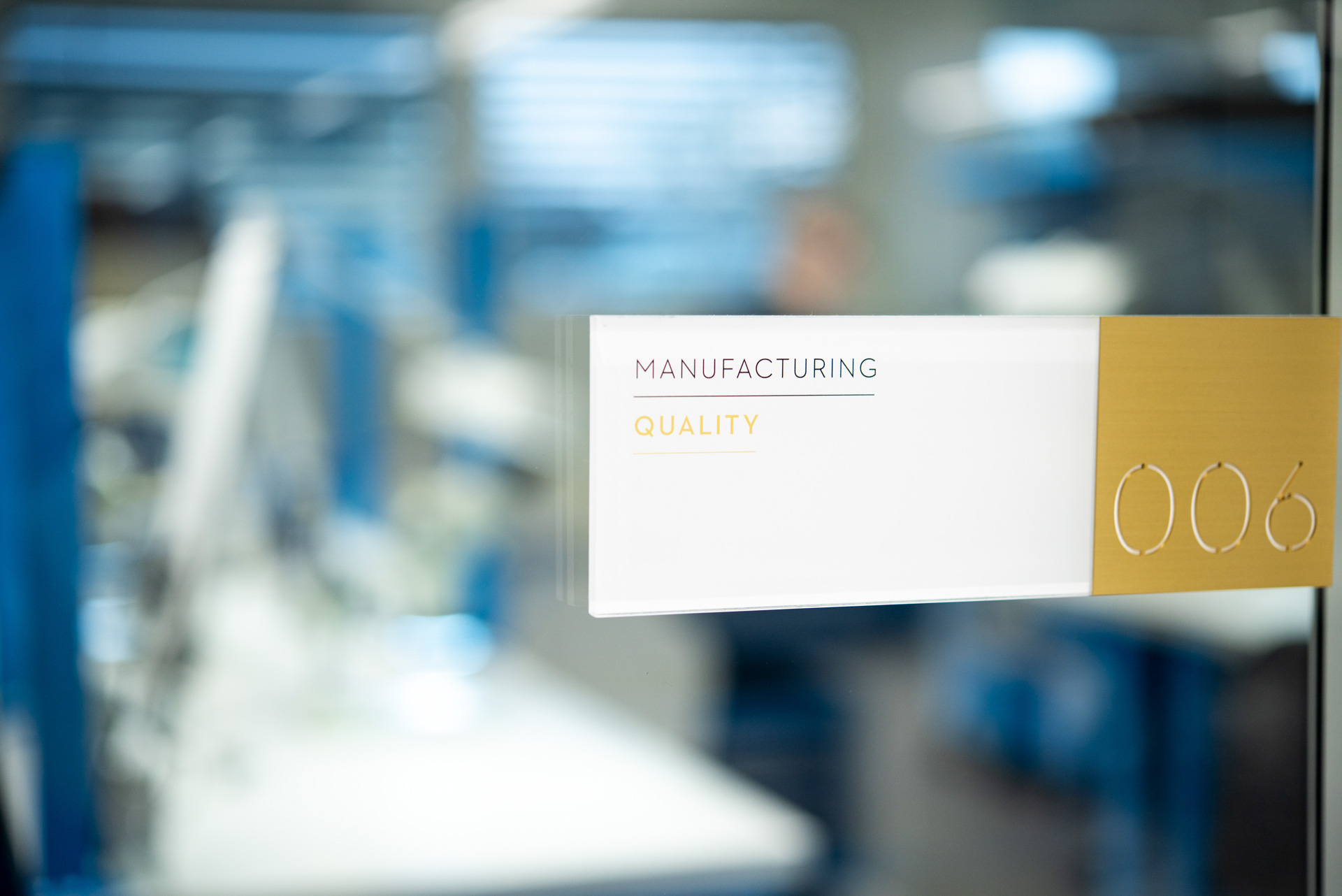
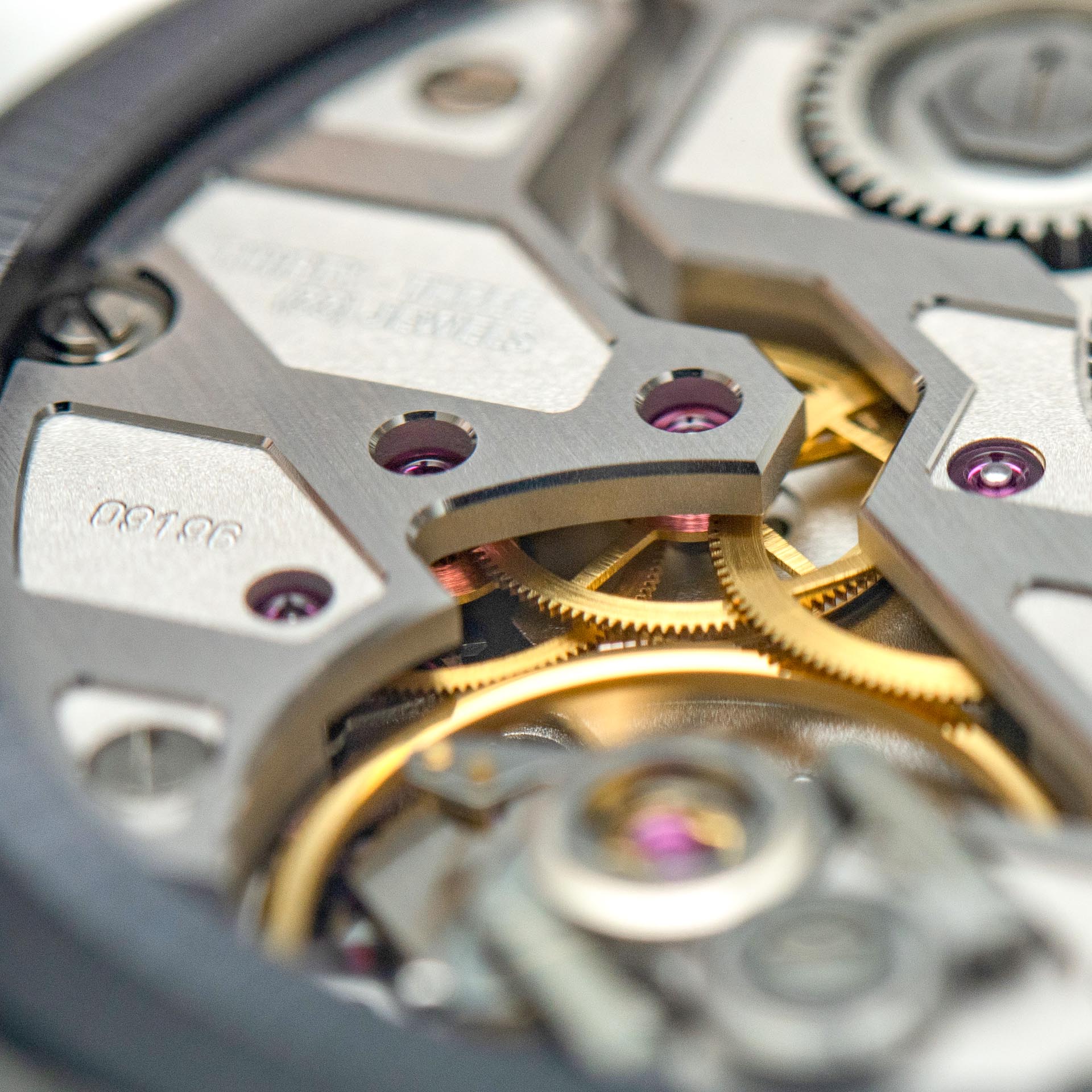
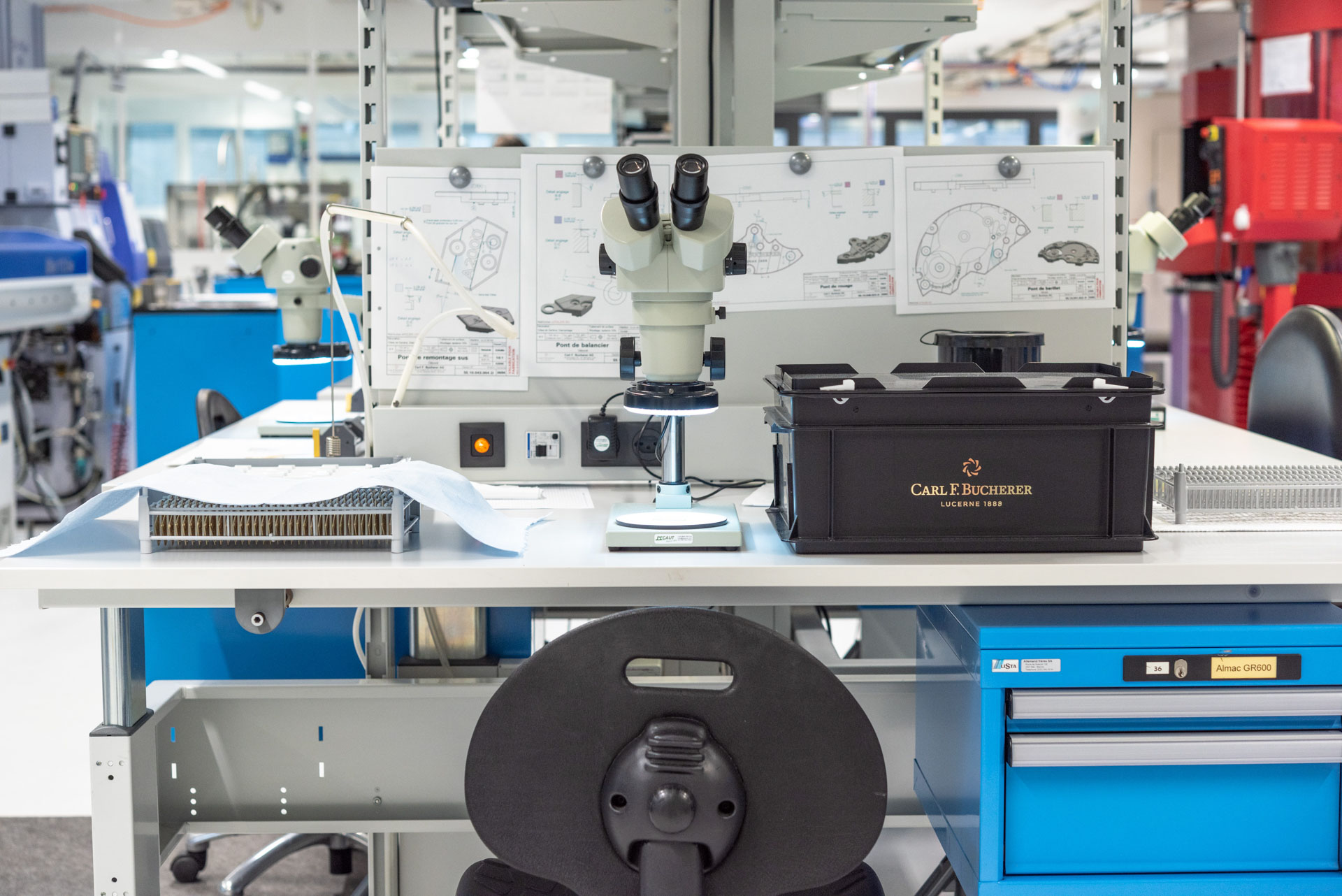
I agree with Patrick’s assessment: Quality control is indeed the be all and end all of every step in the production of a CFB caliber. Microscopes are present in every room so that the specifics, tolerances and aesthetics of every component after every step can be checked. Having visited a large variety of manufactures over the years, I can say among those things that really stood out for me at Carl F. Bucherer ranks high the number of QC steps and the level of scrutiny at every step. The consequently outstanding level of quality is reflected by the final product. The movements, but even the cases and dials, all display a level of tidiness and consistency in quality that many others often struggle to achieve even in this mid-to-high four-figure price range.
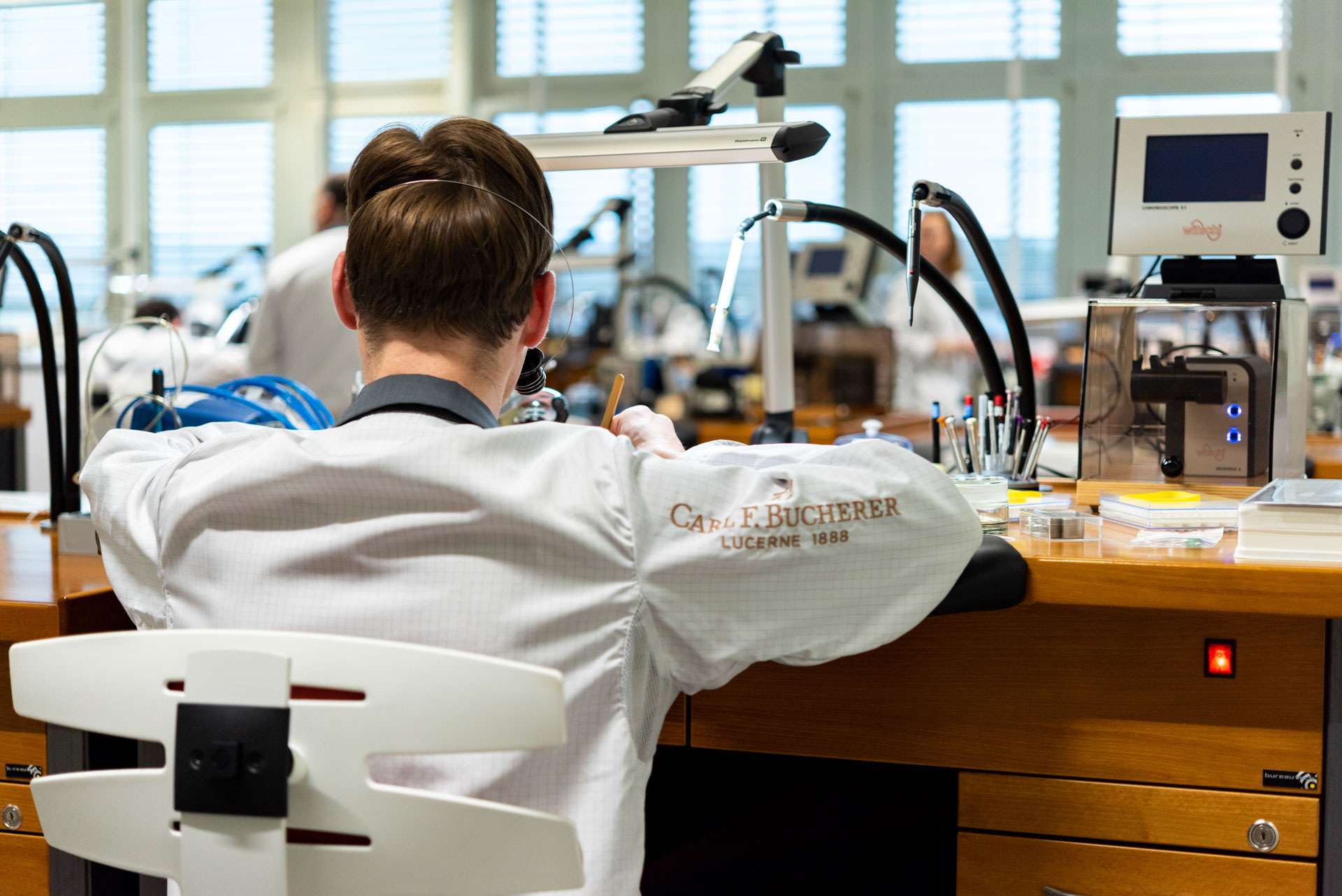
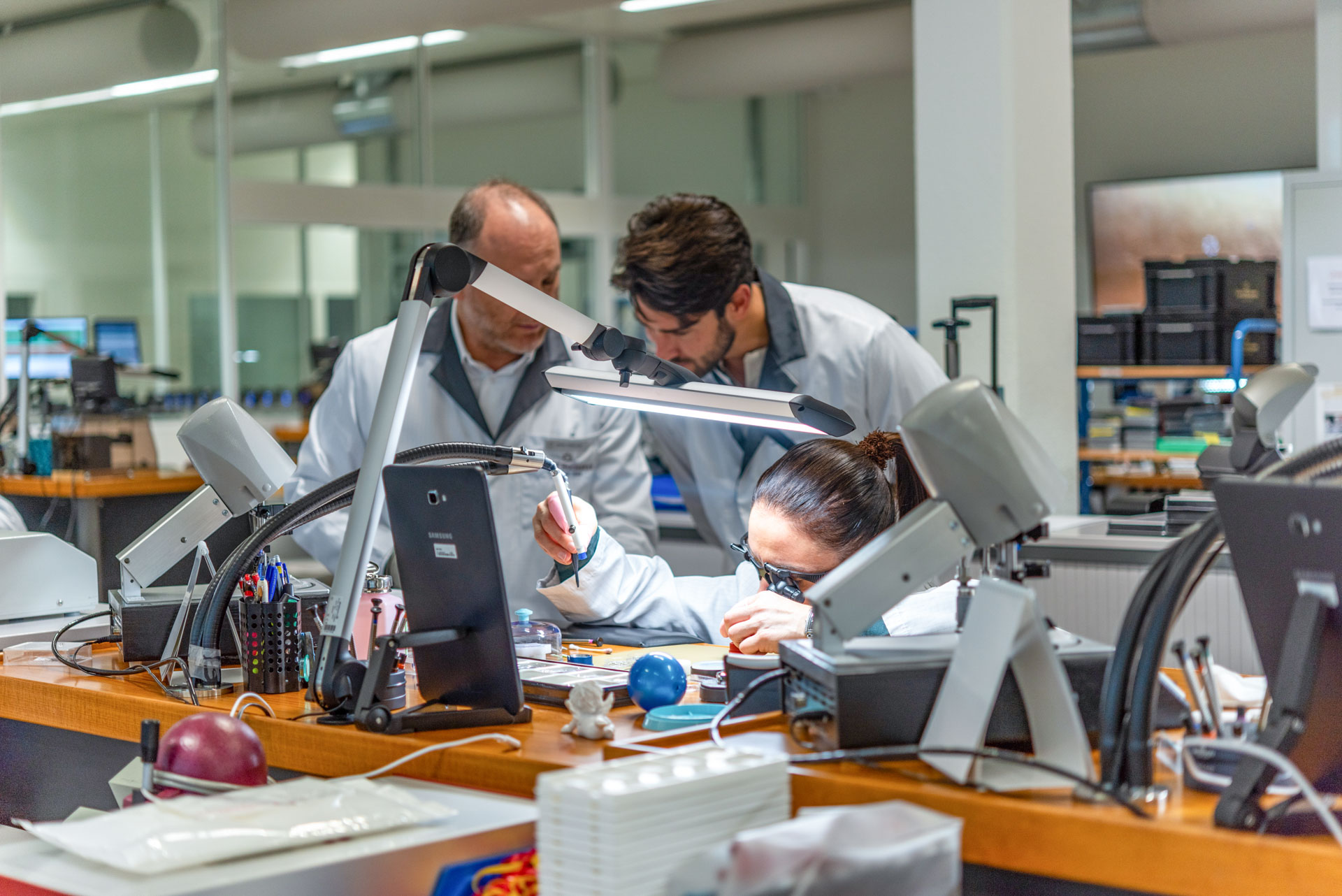

The assembly of a complete Carl F. Bucherer watch is performed over numerous stages, on multiple floors and in several rooms. Everywhere we went, we were greeted by very busy and deeply immersed watchmakers, each performing their respective task with maximal attention. Our guides throughout the visit knew which colleague of theirs was in a stage at their work to allow us to poke our noses into whatever it was that they were doing. More to the point, watchmakers are overwhelmingly an introvert bunch — I have met probably hundreds at this point and I feel safe in making that assessment —, and so Patrick and I were directed to those craftsmen and women who I could tell were all the more eager and willing to answer our highly enthused questions.
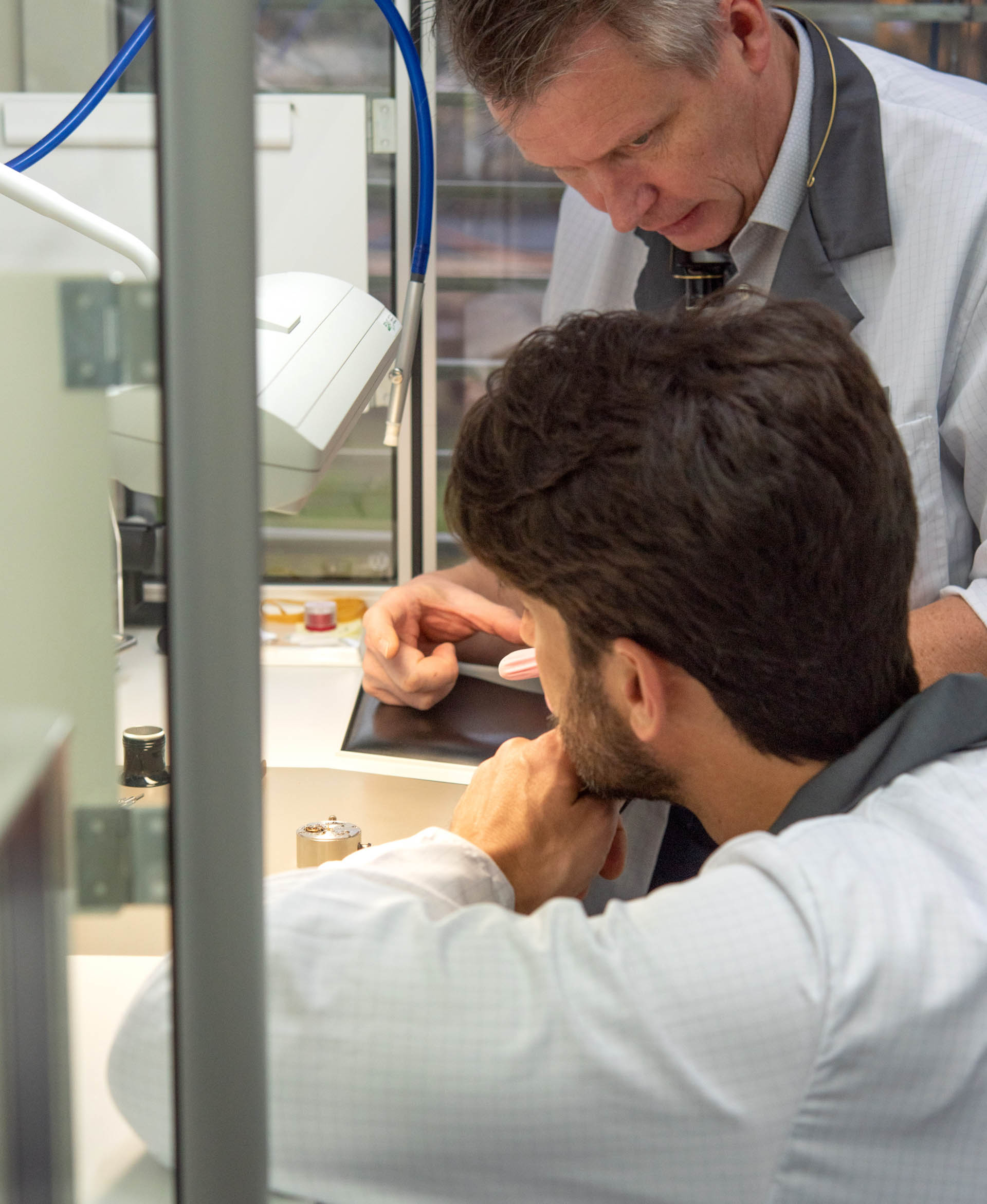

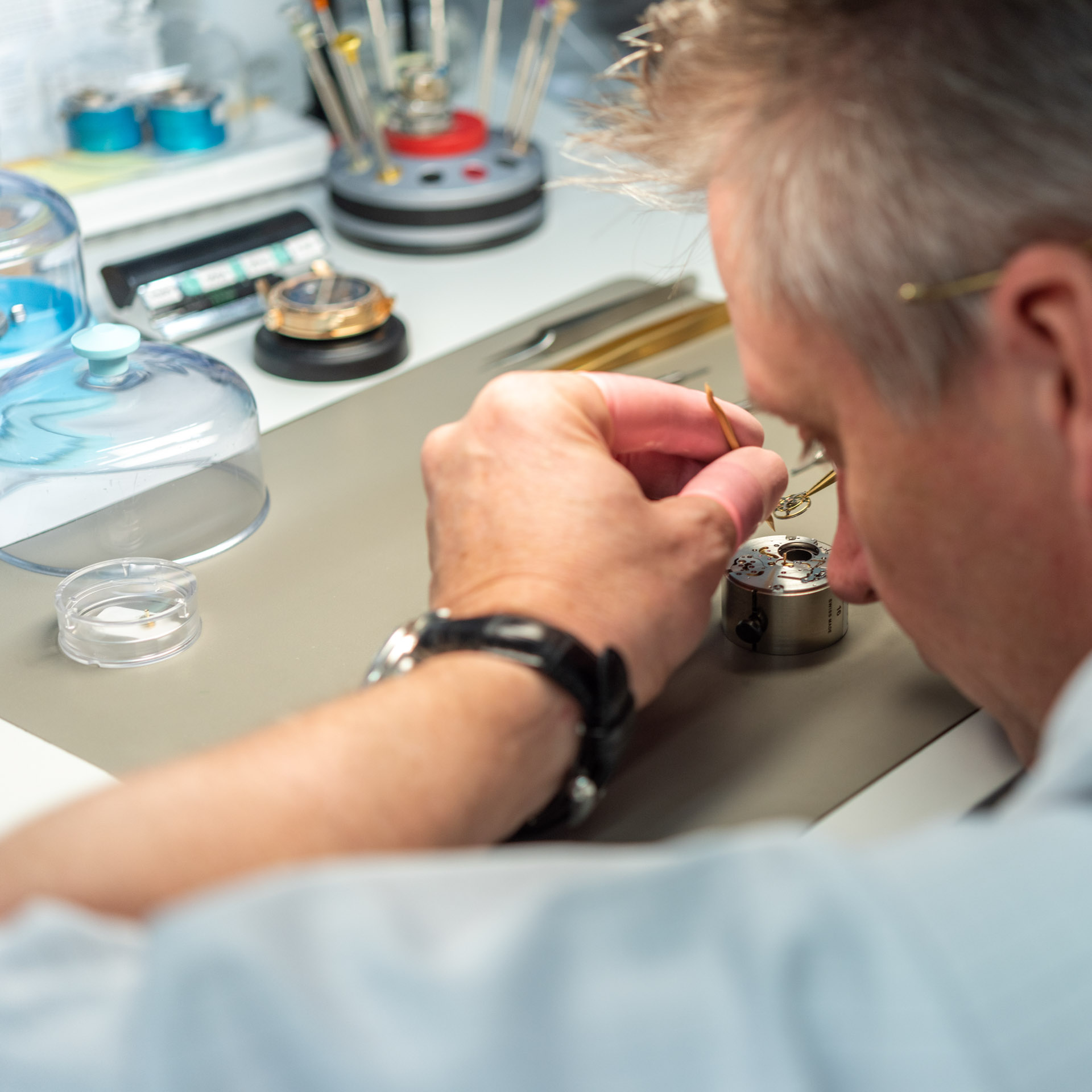
Something we both came to appreciate is how in so many walks of life we believe to understand how complicated some products and projects are. Cars, planes, cameras and, of course, watches: we both believe to be in grips with their remarkable intricacies and the engineering solutions that make them work. And yet, I must admit that the awe-inspiring and scary aspects of watch-making, the act of manufacturing and assembling parts for a fine timepiece, tend to escape me. Why? Because even after all these years, I still have to be literally looking over the shoulder of a watchmaker to actually feel the burden each and every task places on said shoulders. I have to walk among the car-sized machines producing invisibly small details and I have to see a watchmaker strategically choose the next tool and the angle with which he/she approaches the work-in-progress piece… I have to do all these things to regain my grasp on the immense challenge that watchmaking represents.
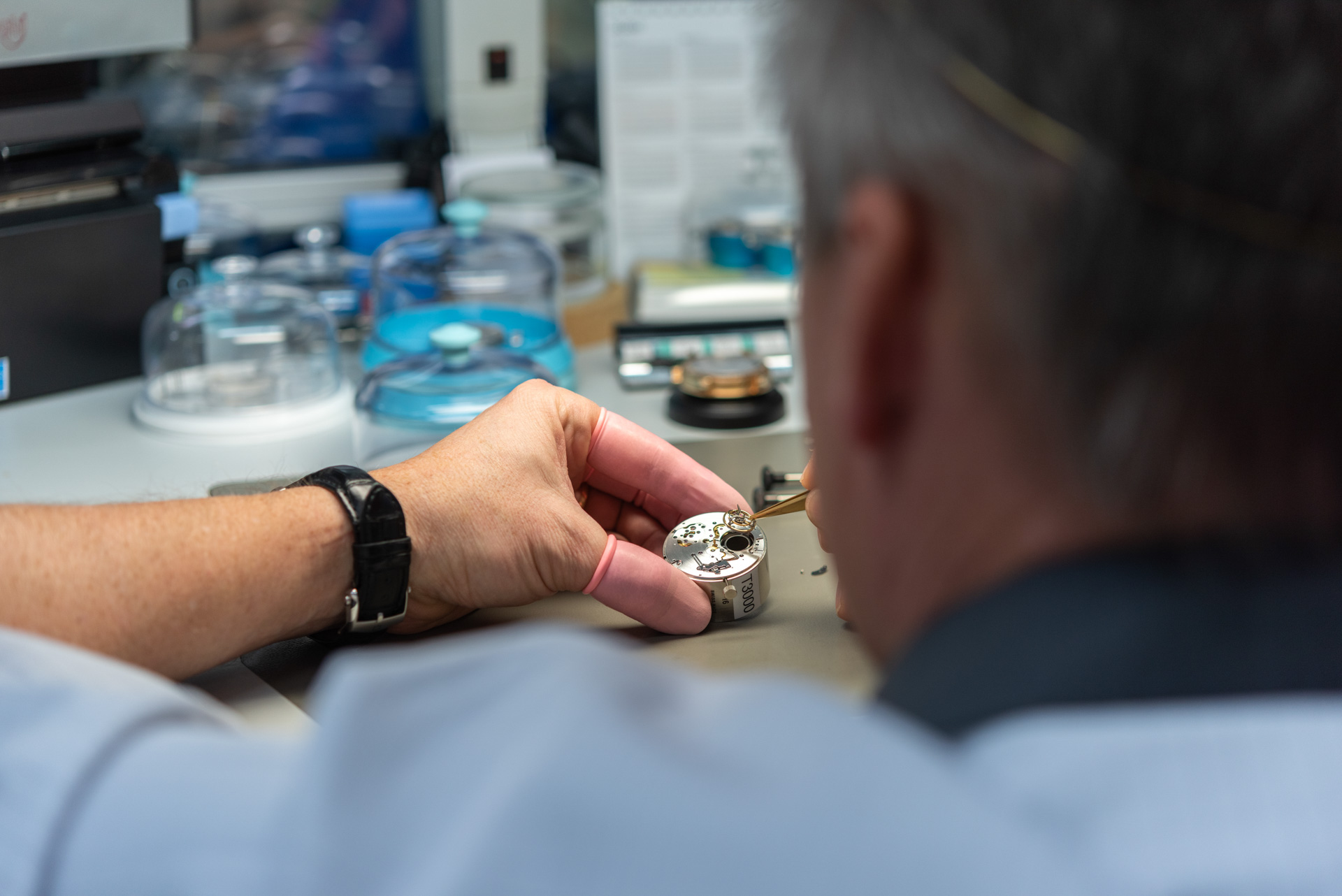
One single mistake at any stage can relegate an already very fine and already very expensive component to bin-duty, scrapping said part and destroying all the work that has been dedicated to its fabrication up to that stage. And when a brand takes on the task to produce such a wide range of components and assemble all of them into a constellation of components with such rigorously maintained levels of quality: that’s when “in-house” starts to have some weight to it. And I presume it is here that I should confess: I was not in the least expecting to see this level of integration and control from Carl F. Bucherer. Not because I didn’t have faith in the brand or because its movements had not given me reason to picture something like what I saw, but because this unbelievably expensive and highly dedicated way of making watches isn’t quite the norm.
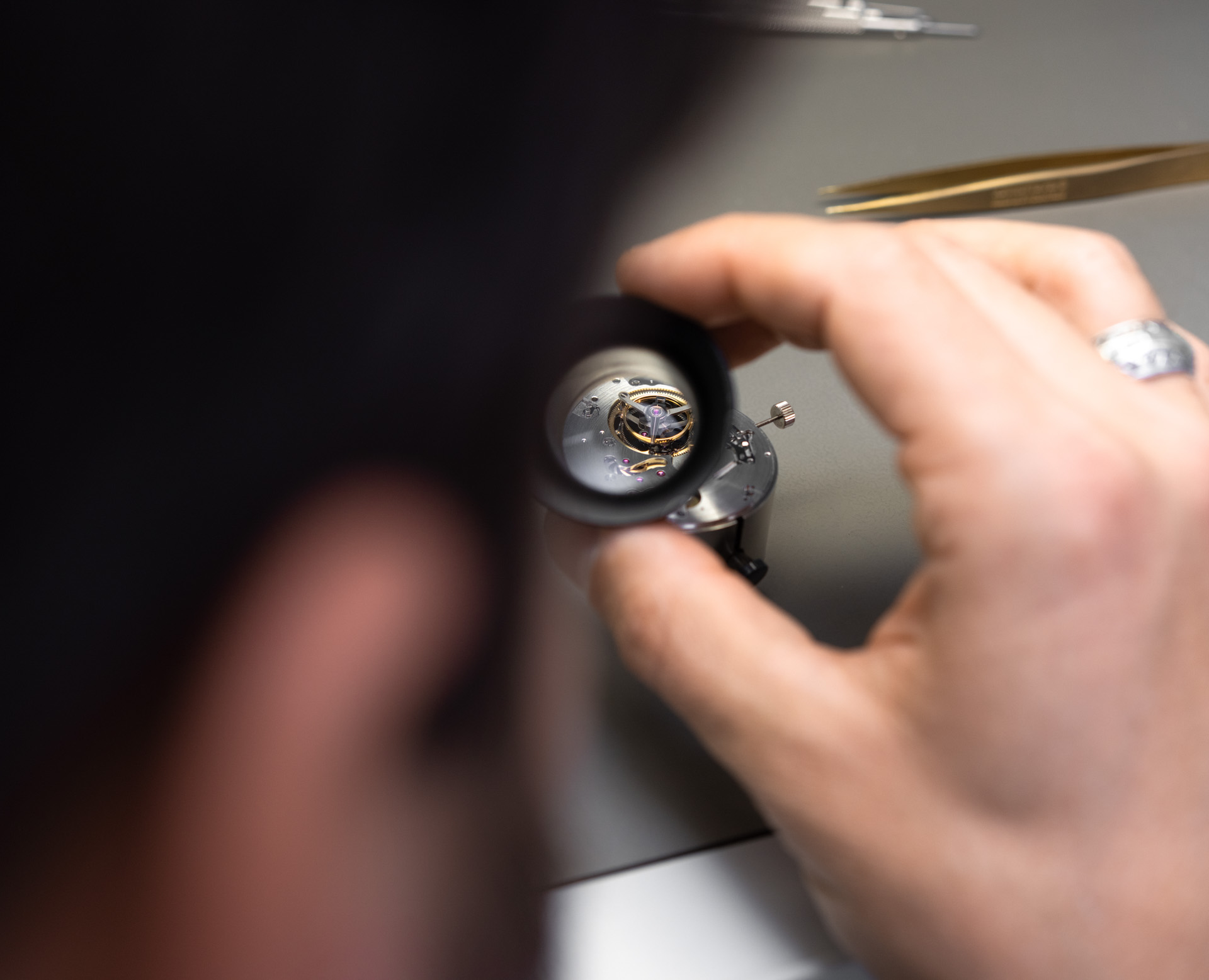
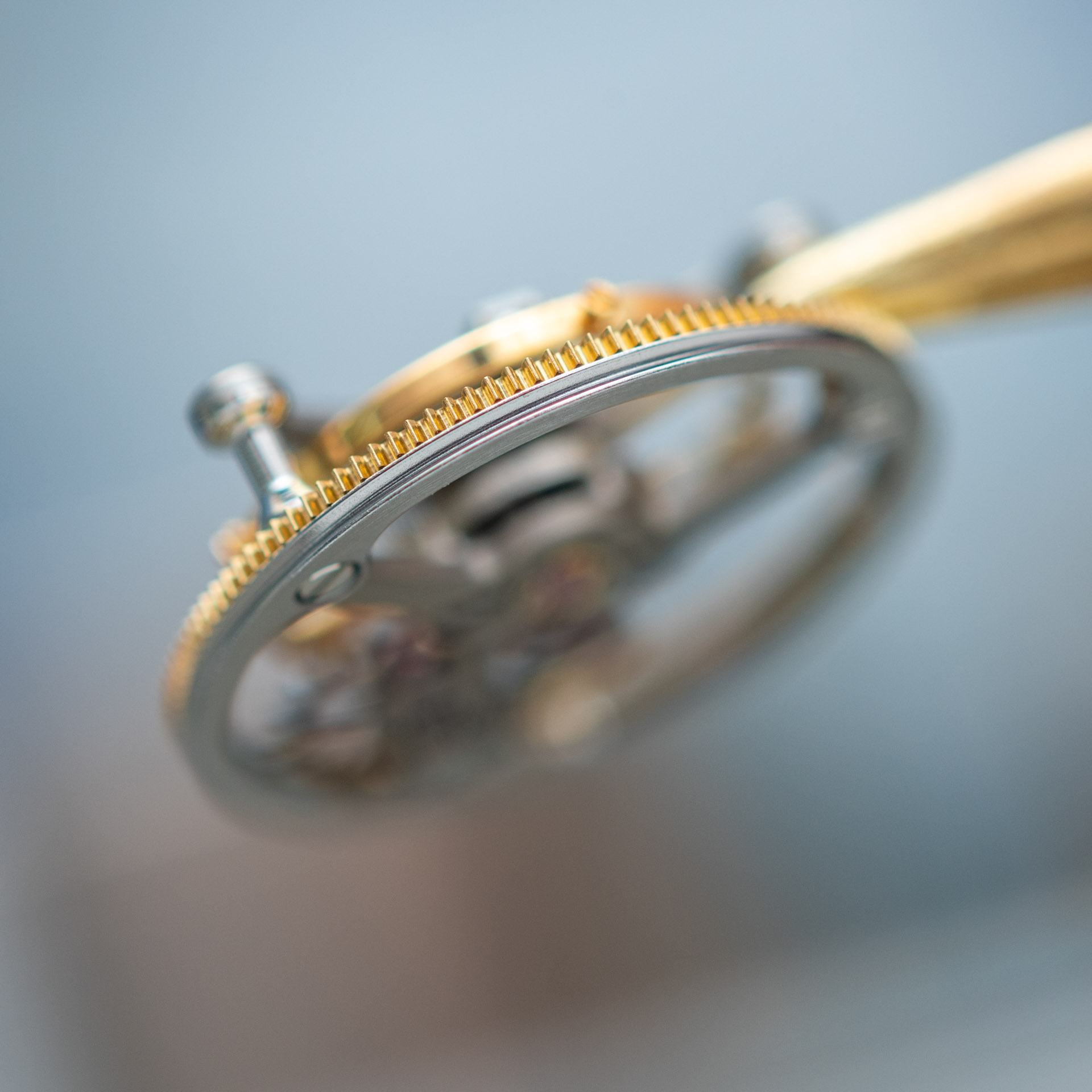
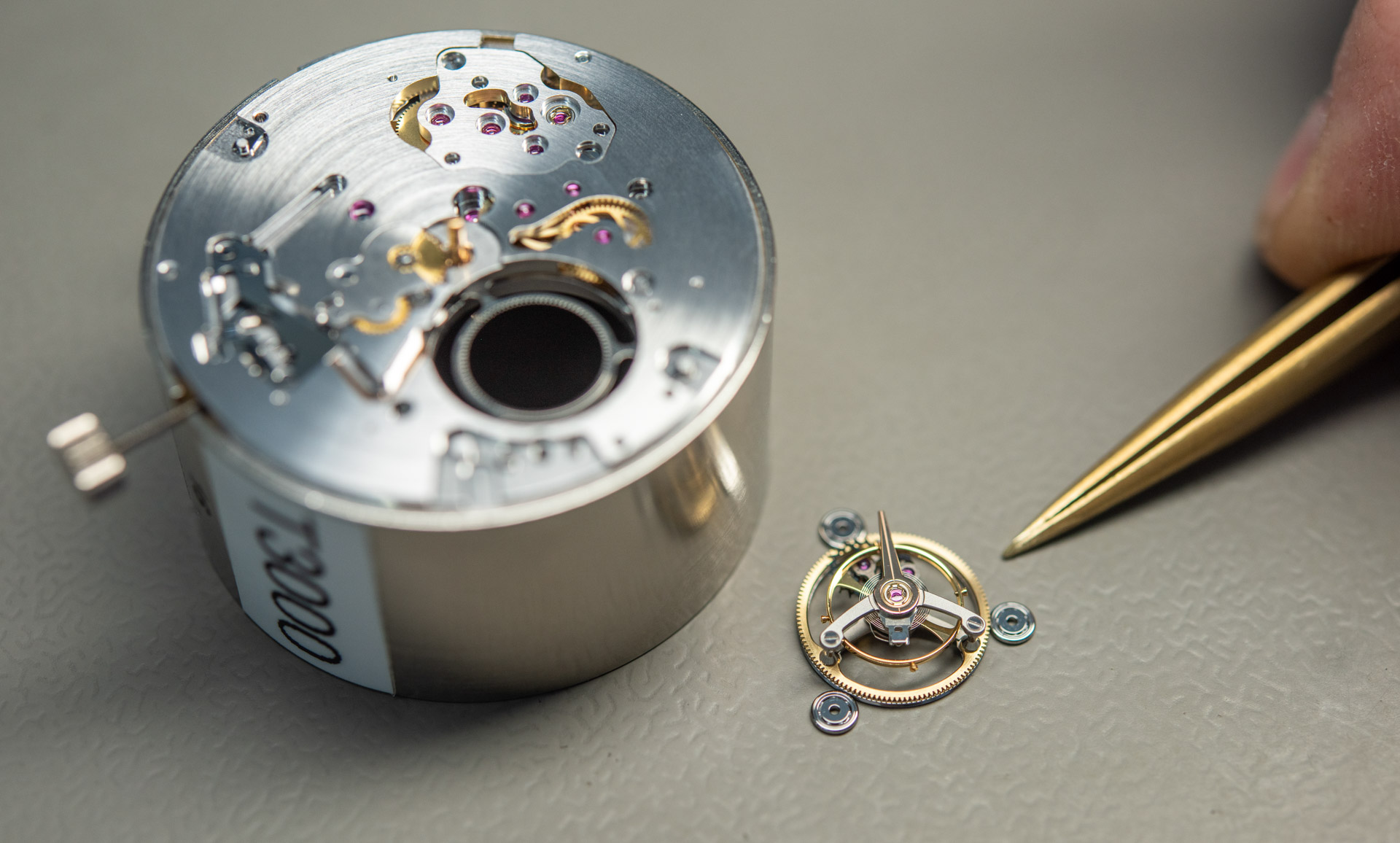
The Tourbillon Double Peripheral, like every truly high-quality and serious tourbillon, presents an assembling and regulating challenge of its own. What makes the Carl F. Bucherer CFB T3000 caliber a “double peripheral” is its combination of a peripheral winding rotor and a peripheral tourbillon. As you’ll see directly above, the tourbillon is suspended not from above and below, like a regular version, and not even only from below, like in a flying tourbillon. No, instead, it is suspended by three extremely small ball bearings — each of which is an absolute feat in engineering on its own. The edge of the cage features a concave groove which the edges of these bearings slot into. The cage itself is driven in the regular fashion, using teeth. This allows the tourbillon to appear to be floating in the movement, both from behind and from the dial side. If anything, I would like to see the brand do more in visually emphasizing and highlighting this floating tourbillon in a new design.
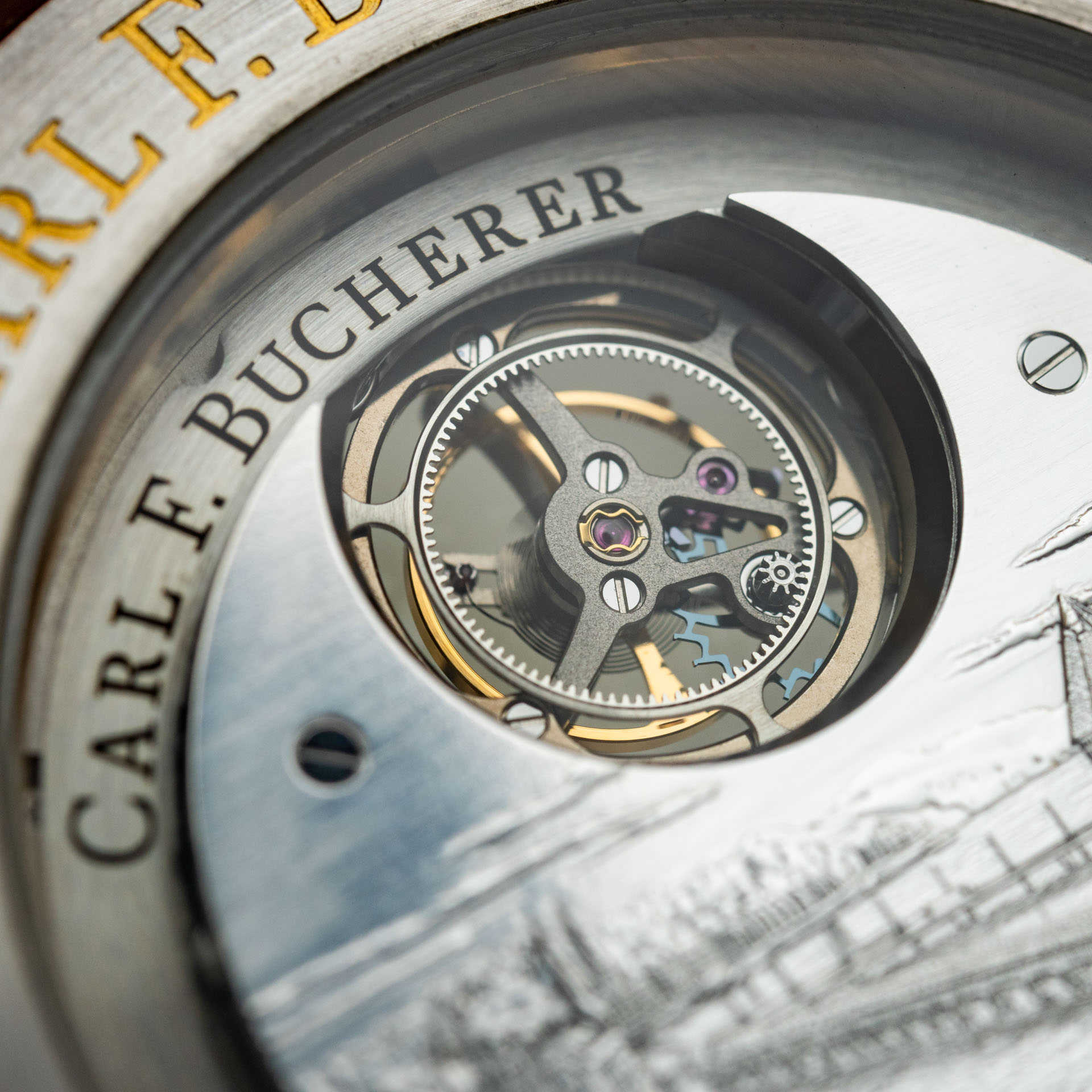

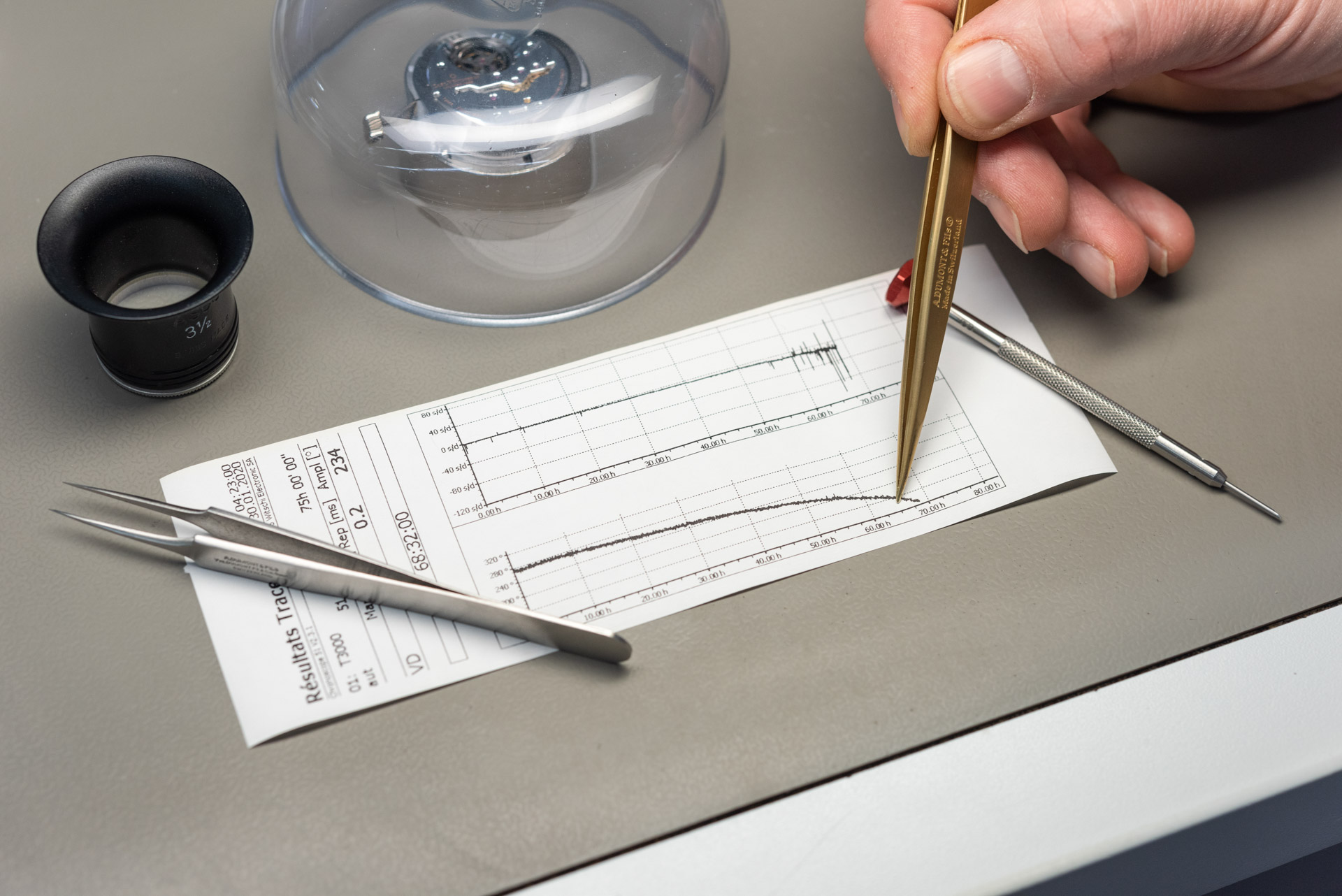
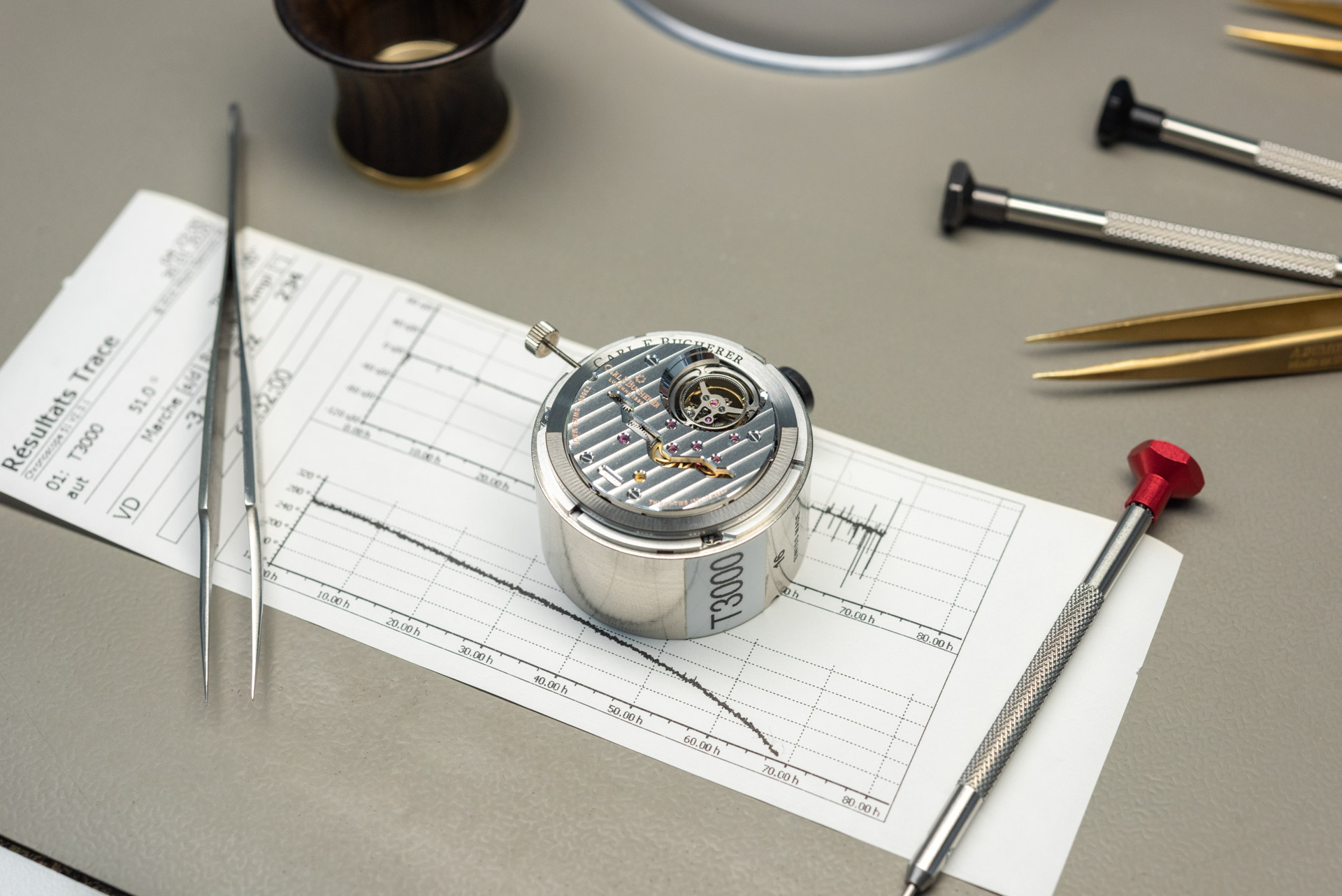
Regulating a tourbillon a special kind of pain in the neck. Regulation is the process of setting up the escapement for accurate timekeeping in all spatial positions. Once that’s done, a final test that lasts not minutes, but the entire power reserve of the CFB T3000 movement is performed; resulting in charts that, I must confess, I’ve never seen before. I have studied the loss in accuracy and amplitude through decreasing power reserve, but this was the first time that I could see precisely how these factors are affected by the mainspring reaching the end of its reserve. This merits a dedicated article, but in short, I’ll say that what intrigued me most in this is the implication that these watches, even the most elaborate and delicate ones, such as the Heritage Tourbillon Double Peripheral, are intended and made to perform and to be worn.

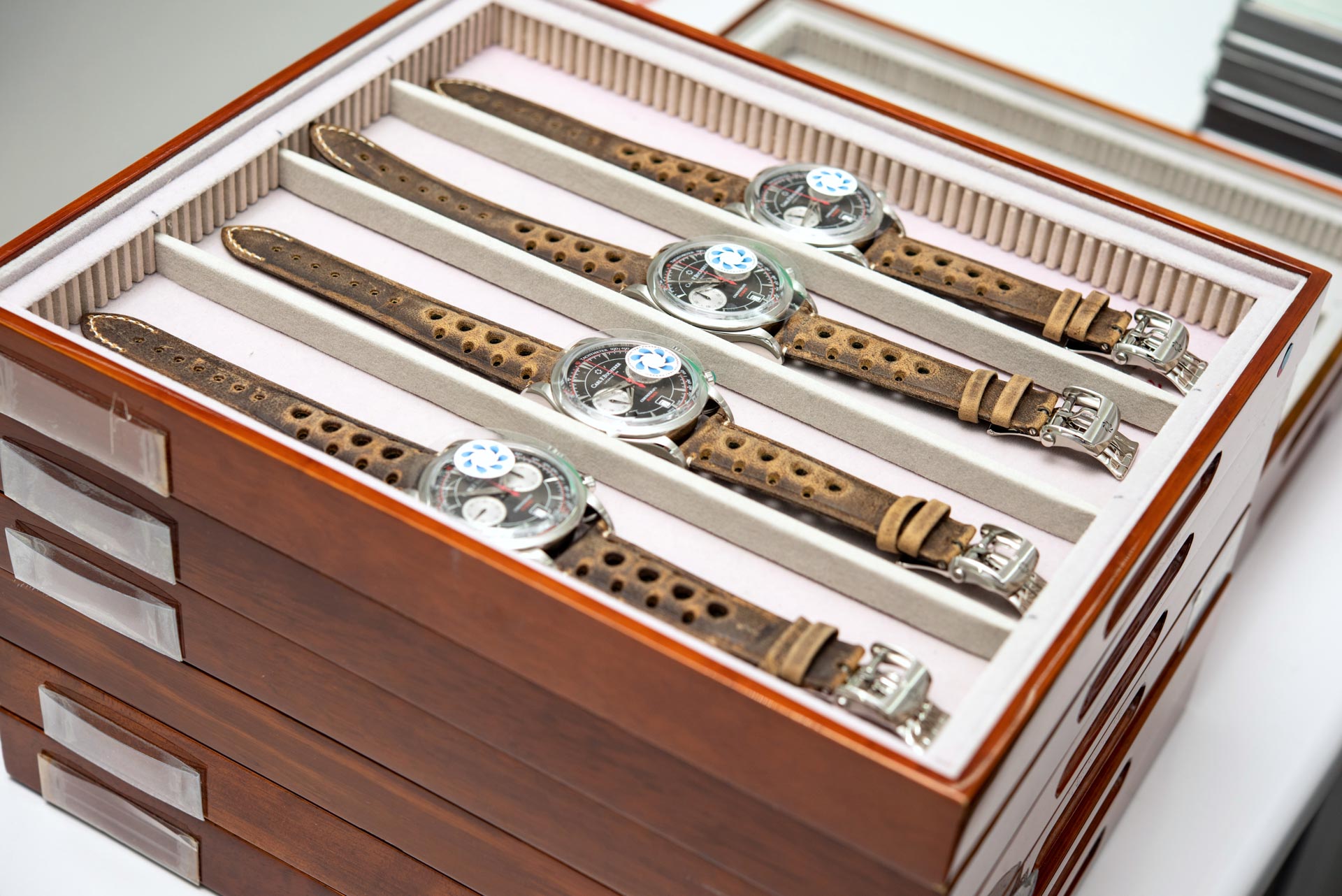
As you have probably guessed it by now, an almost pathological level of quality control follows each major procedure — and each new station sort of acts as a platform of cross-checks, where any issues are spotted and reported and the work-piece is lifted out for further work. The final stage includes the installation of straps and bracelets, the protective wrapping of the watches, preparing their documentation and sending them to the manufacture’s military-grade, safe storage system, followed by the delivery to the boutique and, at last, to the customer.
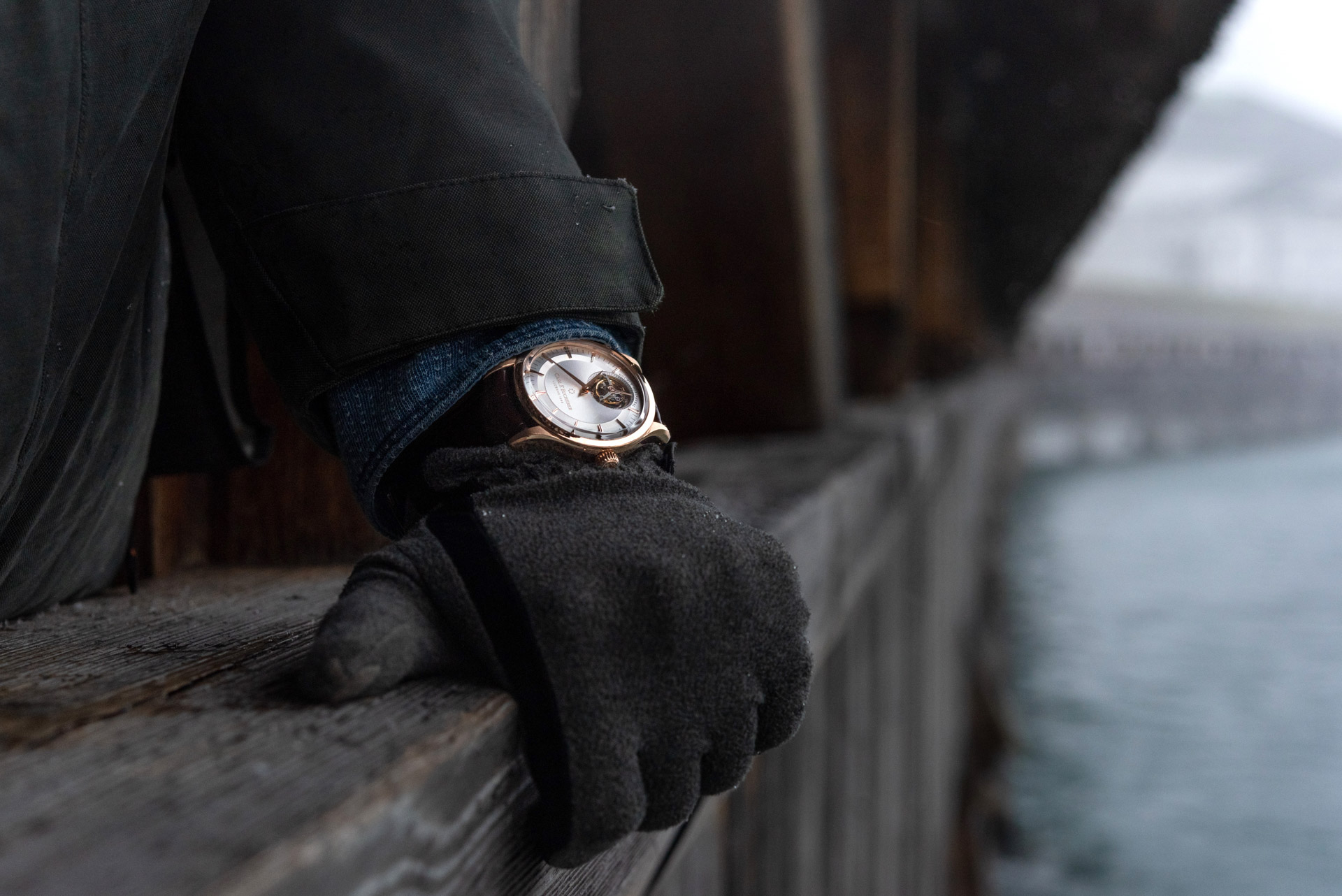


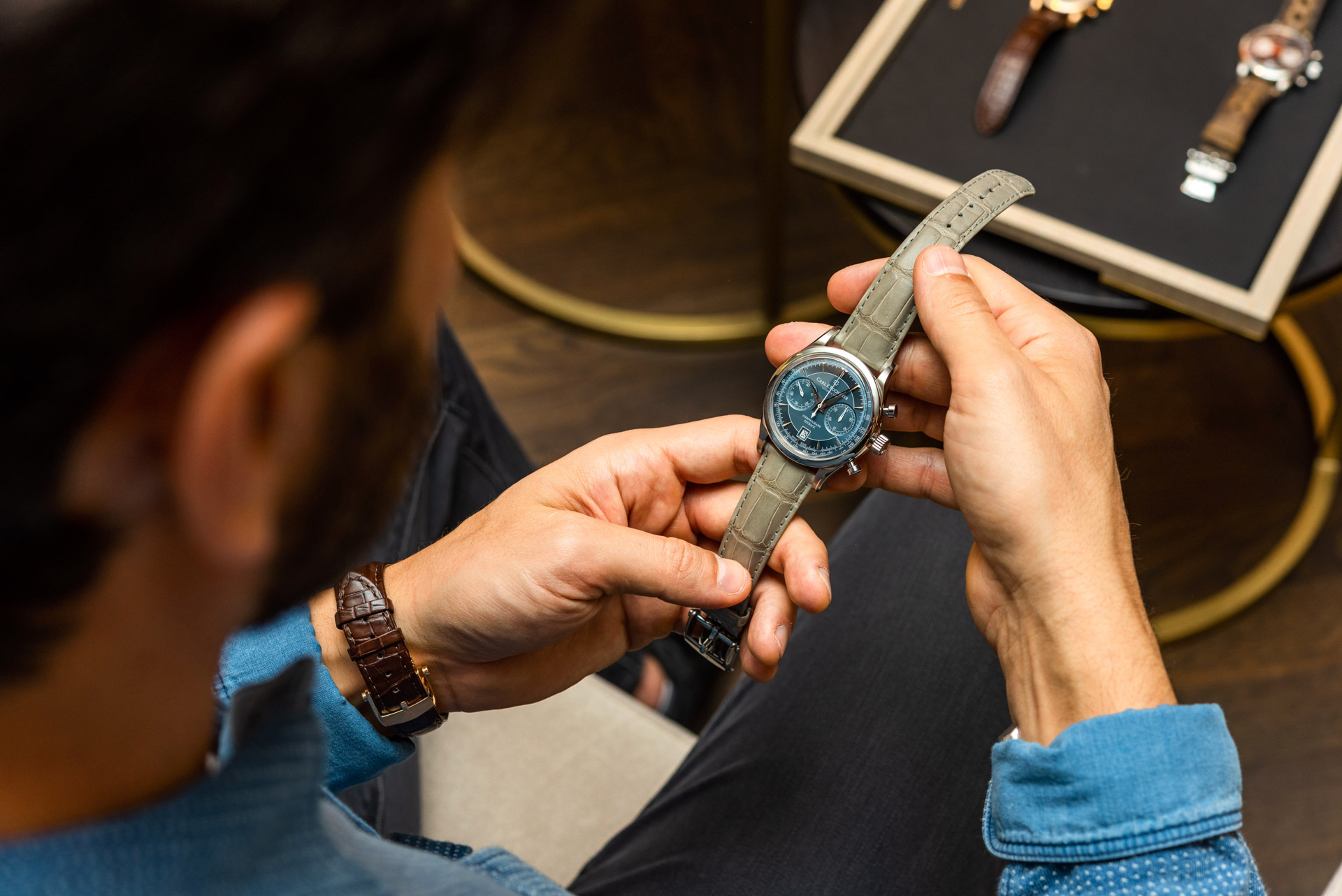
Our time in Switzerland with Carl F. Bucherer concluded with a visit to Lucerne and a massive surprise-snowstorm thrown in for giggles — which made the warm hospitality of the flagship Carl F. Bucherer boutique on Grendelstrasse all the more enjoyable. To see and handle the finished watches after such an immersive look and first-hand experience of how and by whom they were made meant a new dimension in watch appreciation. I am fortunate enough to have felt this effect many times, and I’m glad that Patrick was there to experience this. A climb (through cable car, we haven’t lost our minds!) to Mount Pilatus, a famous landmark of Lucerne, wrapped our last, fourth day in the land of watches of watchmaking.

Our privileged look inside the Carl F. Bucherer manufacture, our candid talks with the people who pick work up there every morning, and our newfound understanding of the efforts and dedication that this brand invests in its watches, from design through production to quality control, has truly shown Carl F. Bucherer in new light.
Speaking for myself, I deeply enjoyed having a true watch-lover outside of our circles accompany me on one of these trips and I sure hope I will have many more opportunities to have more of you come along. A special thanks to all the kind people at the brand for their hospitality and unwavering willingness to provide explanations and show us everything and more that we wanted to see and understand. You may learn more about the manufacture and current watch models at the Carl F. Bucherer website.

